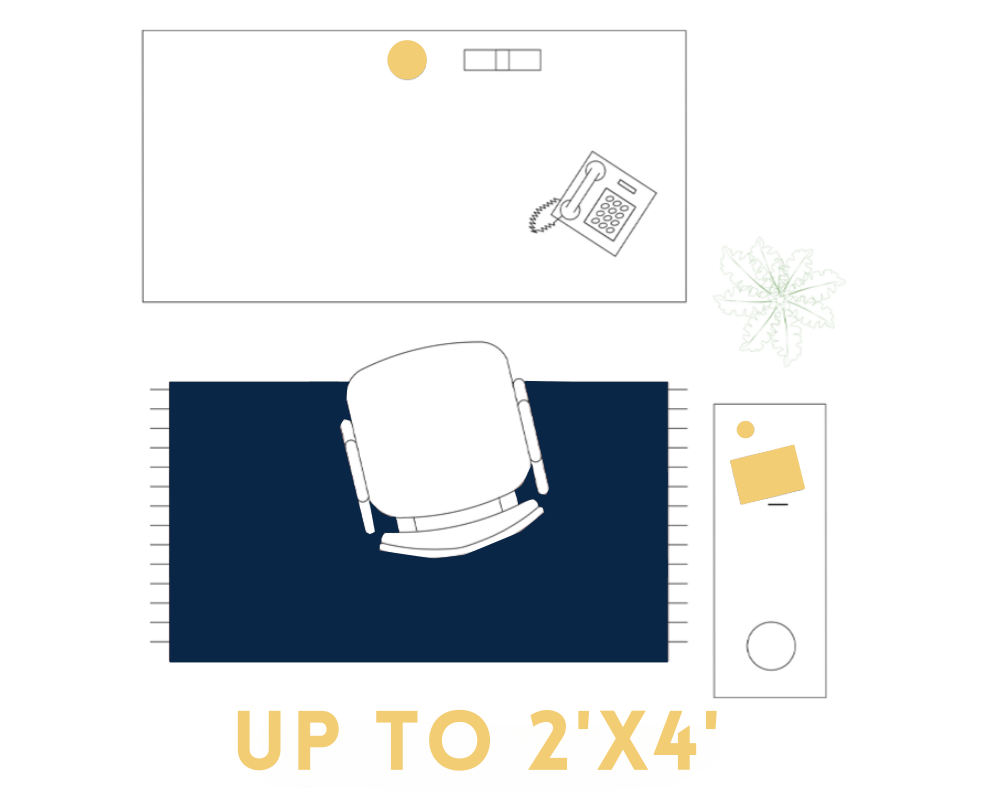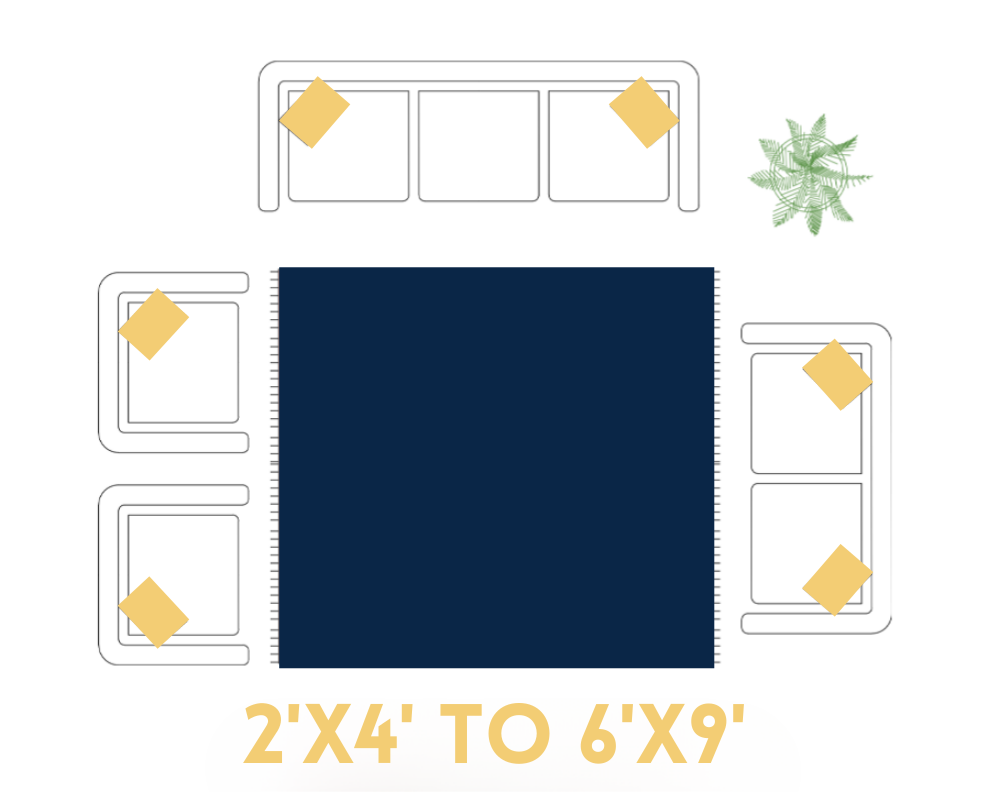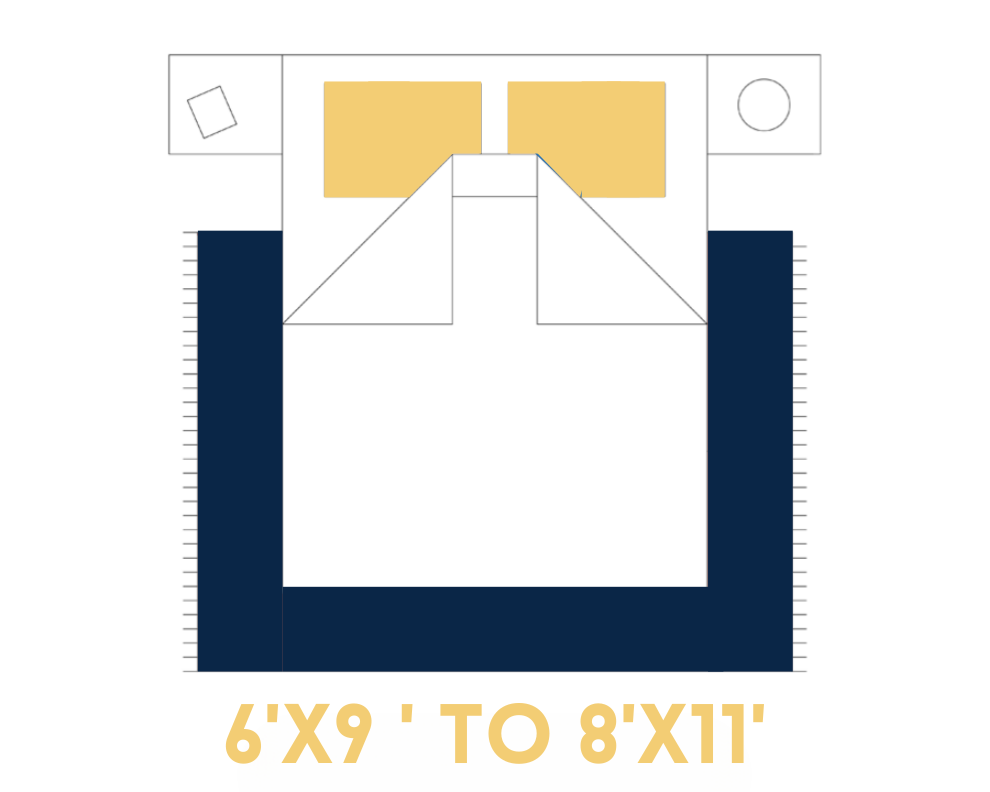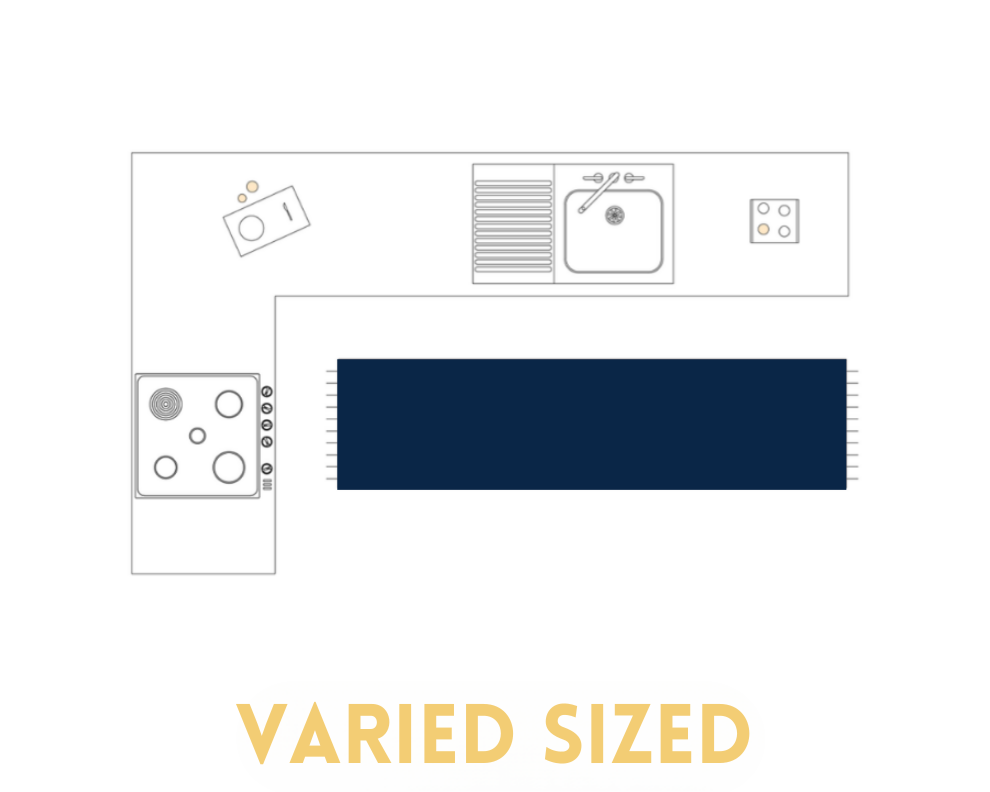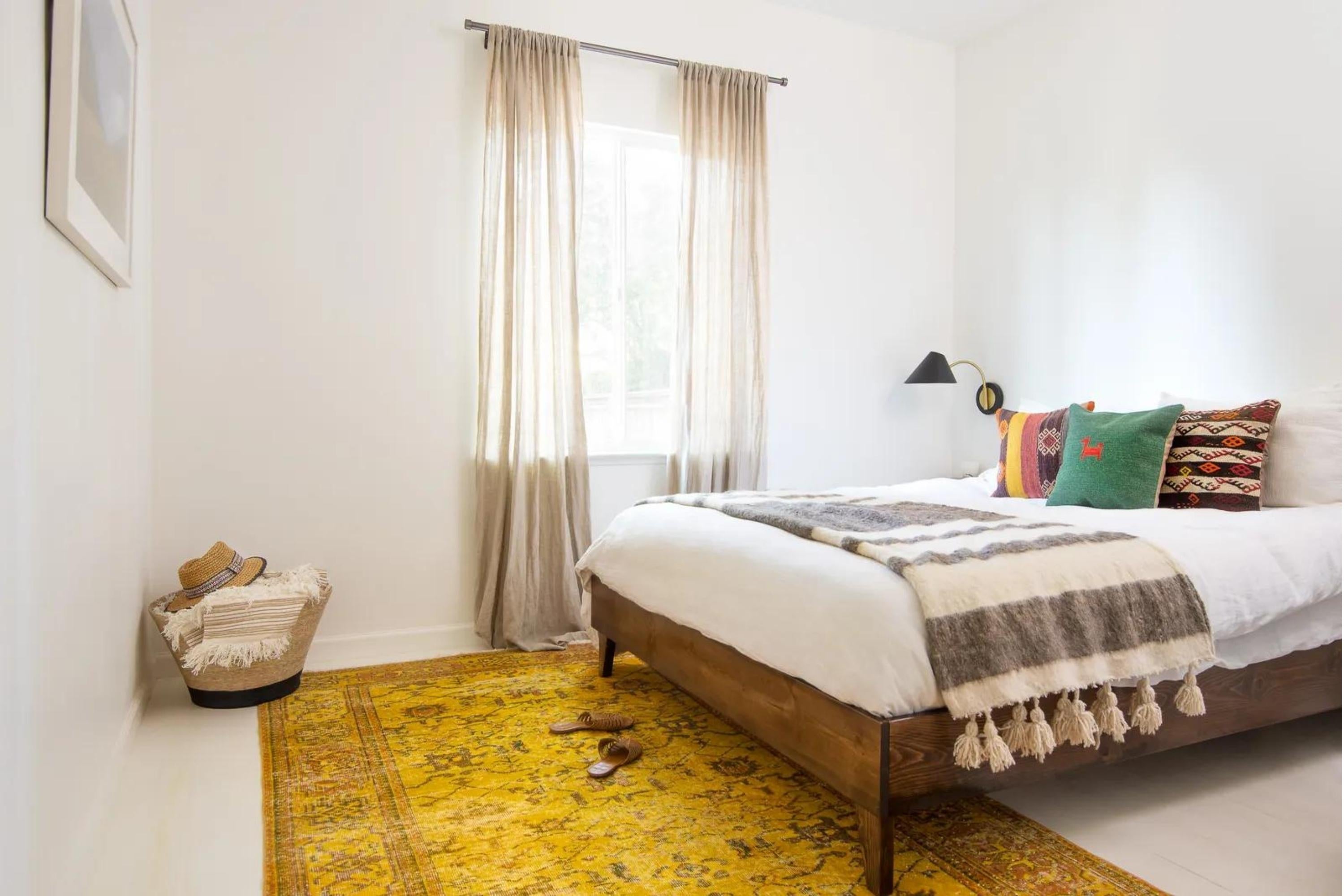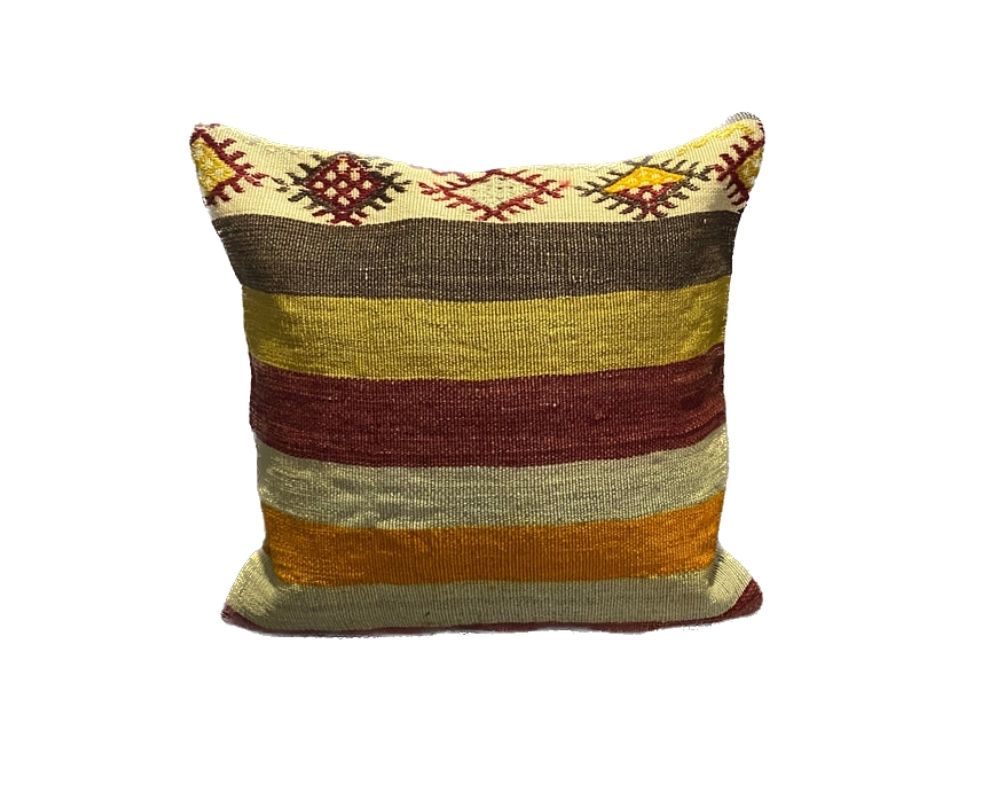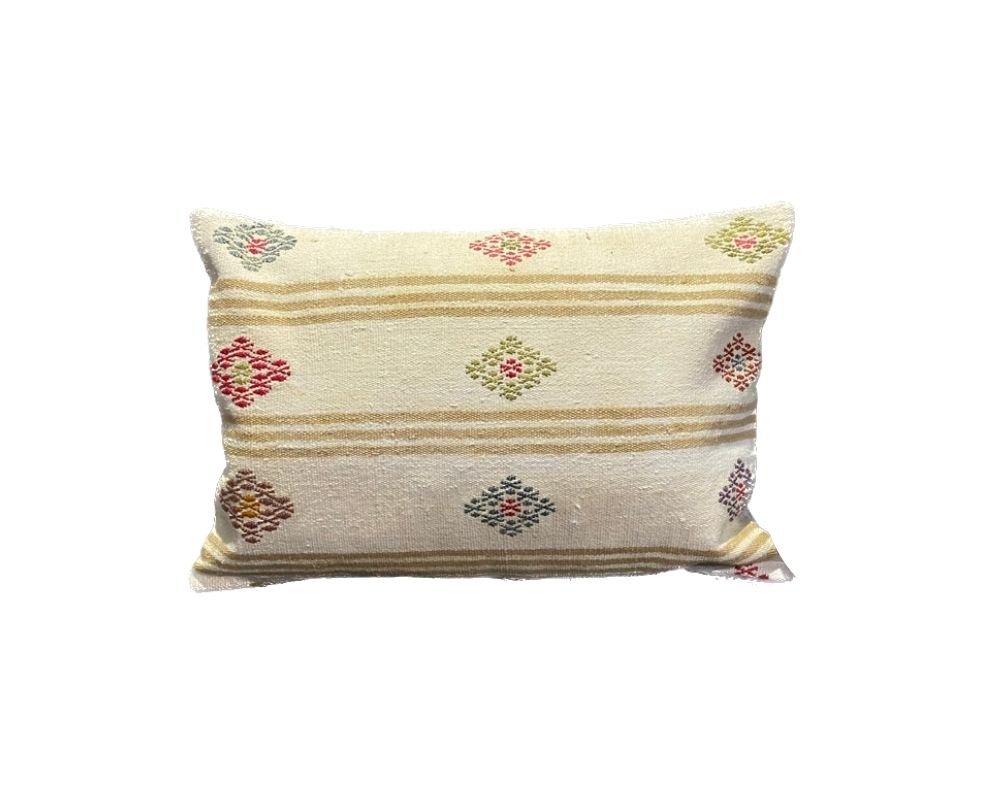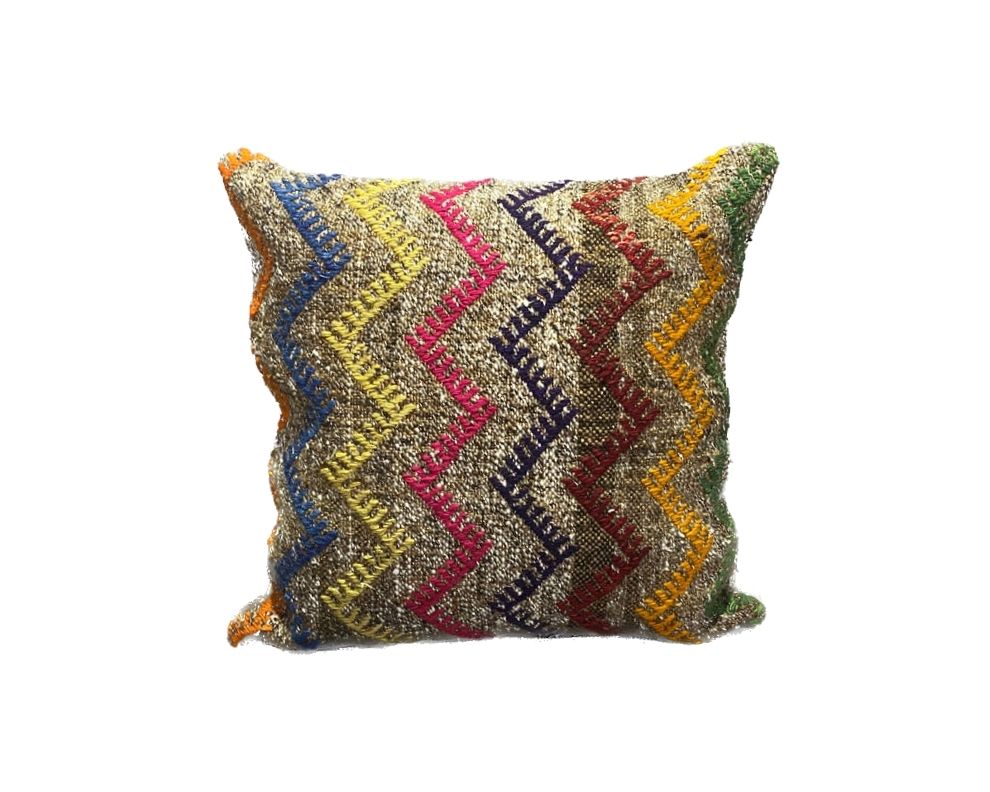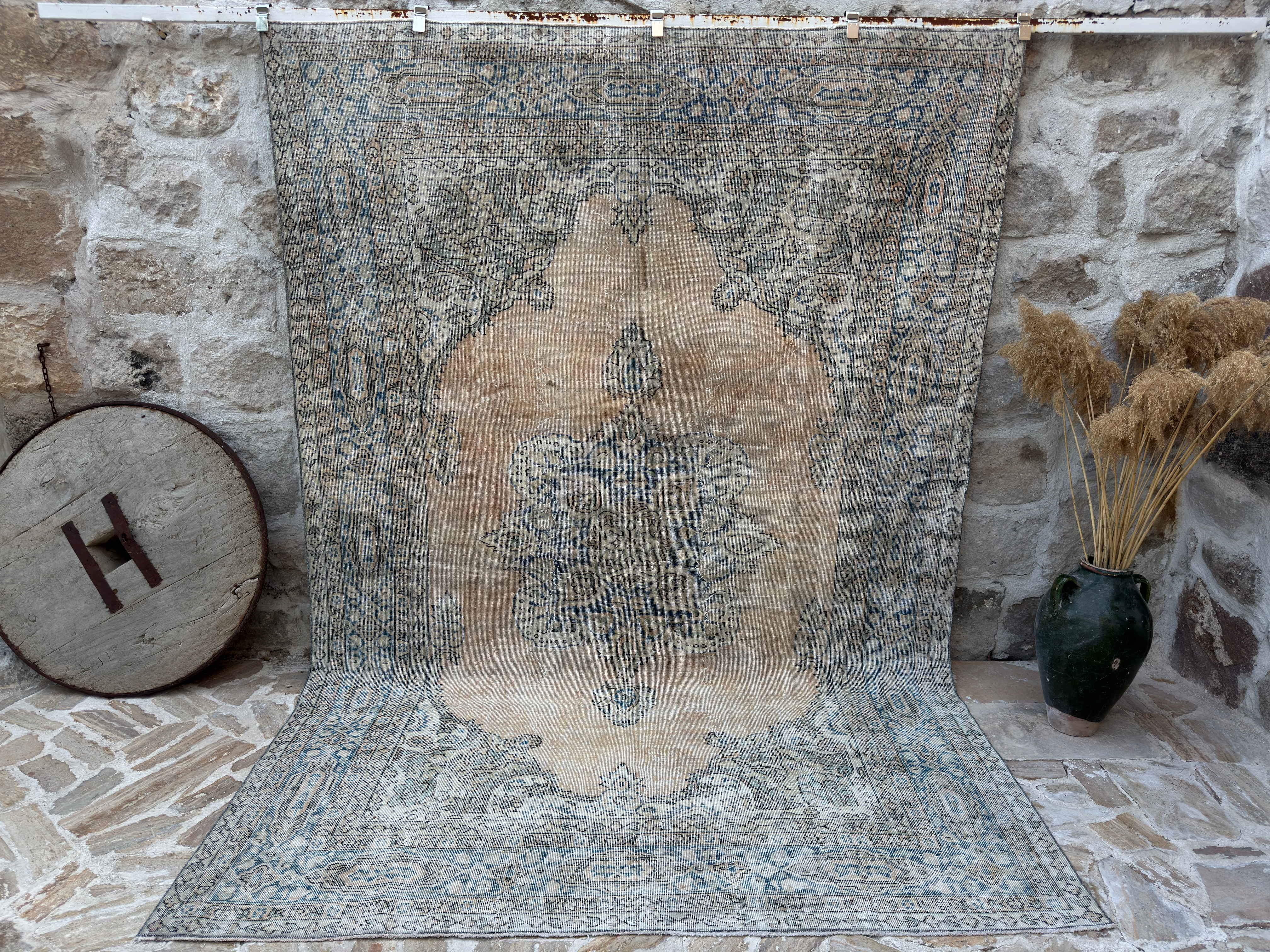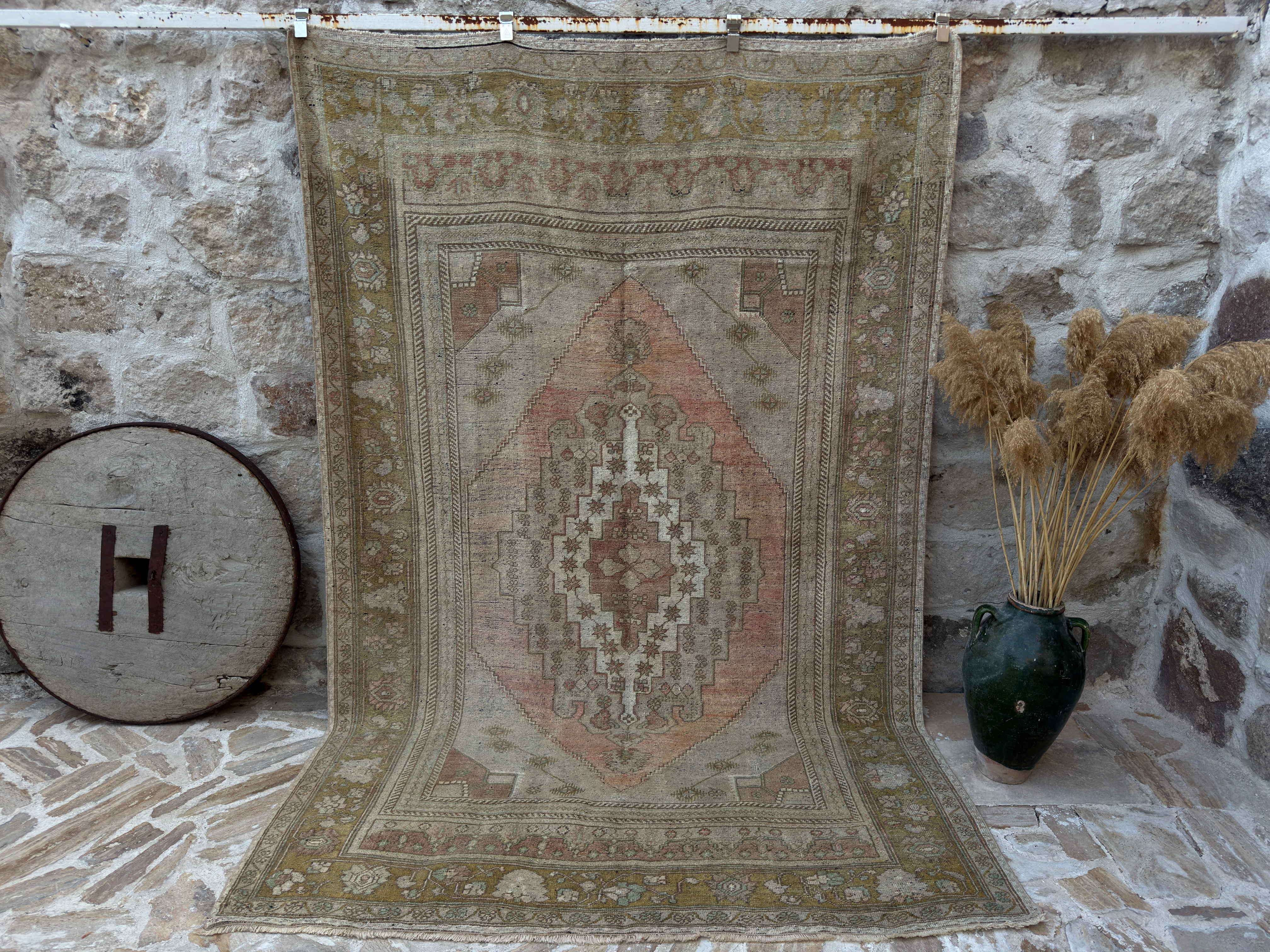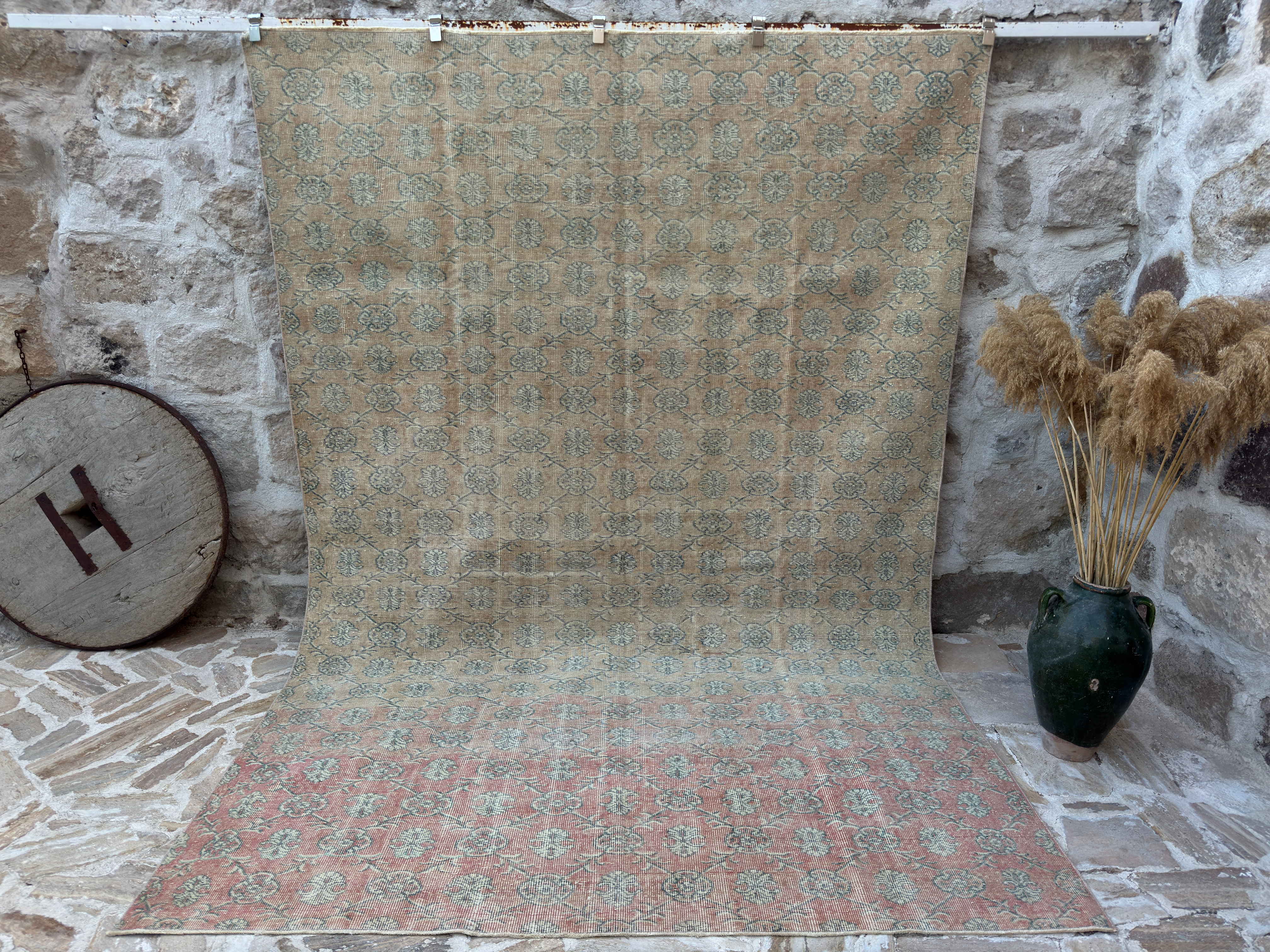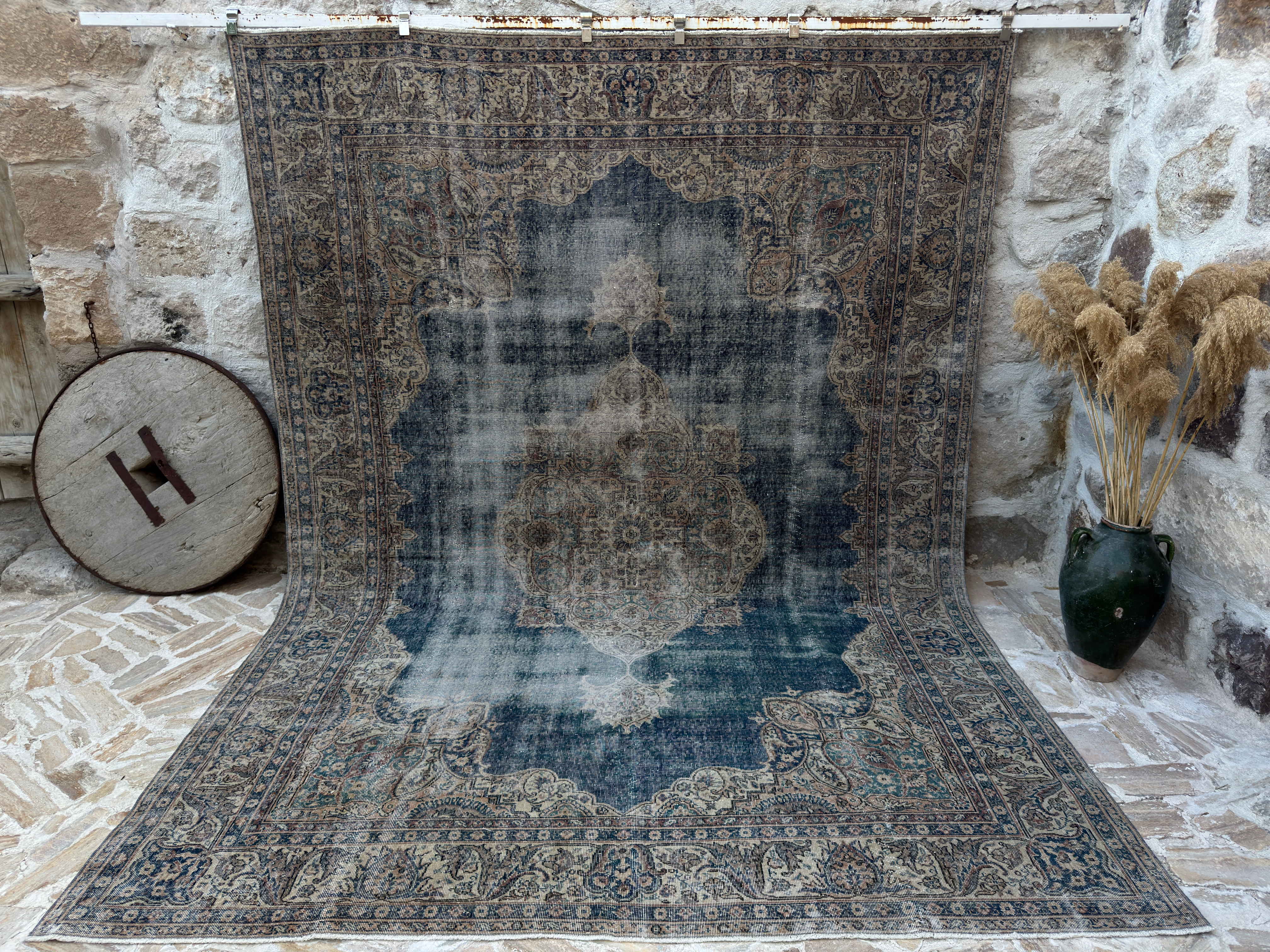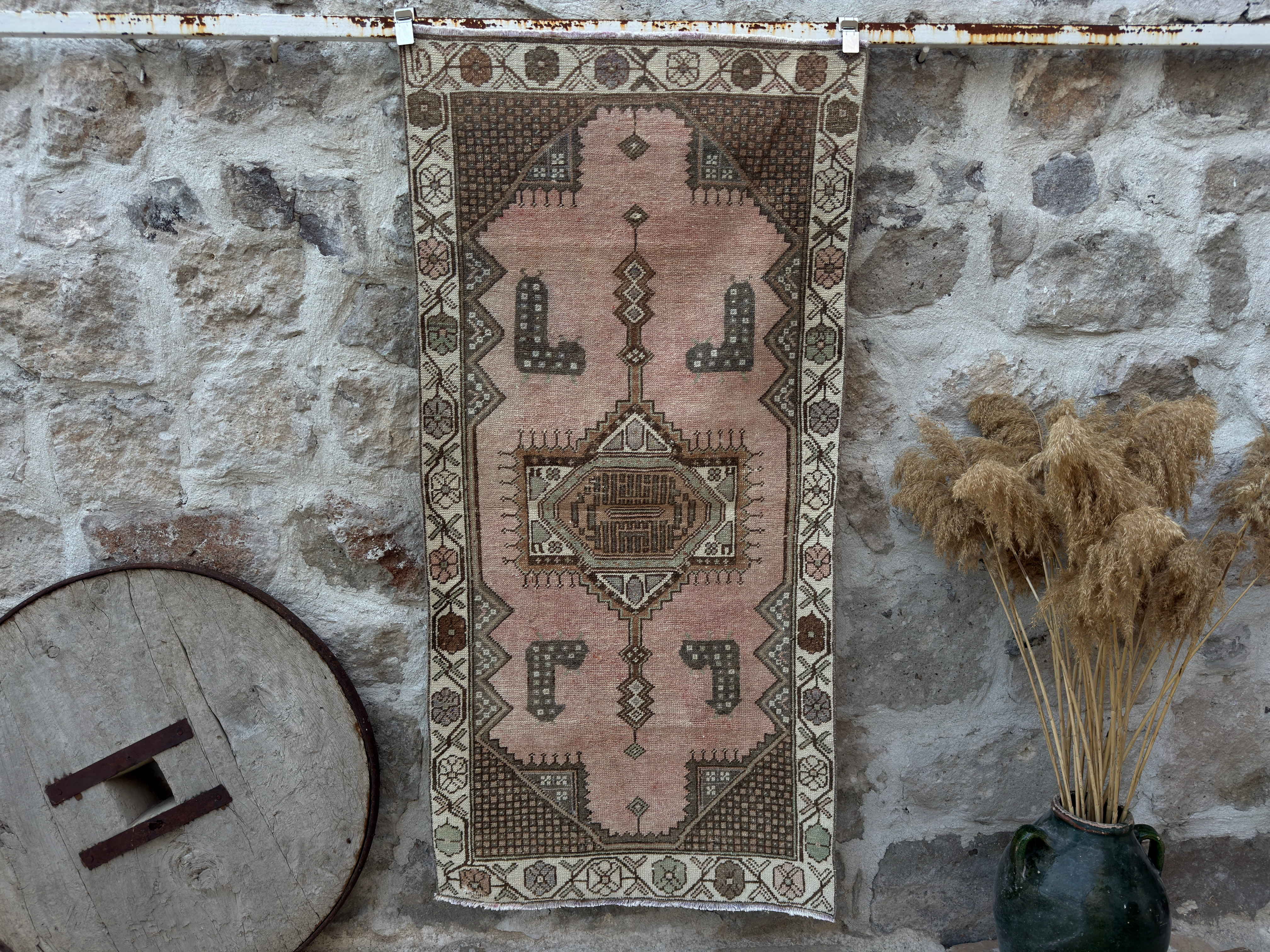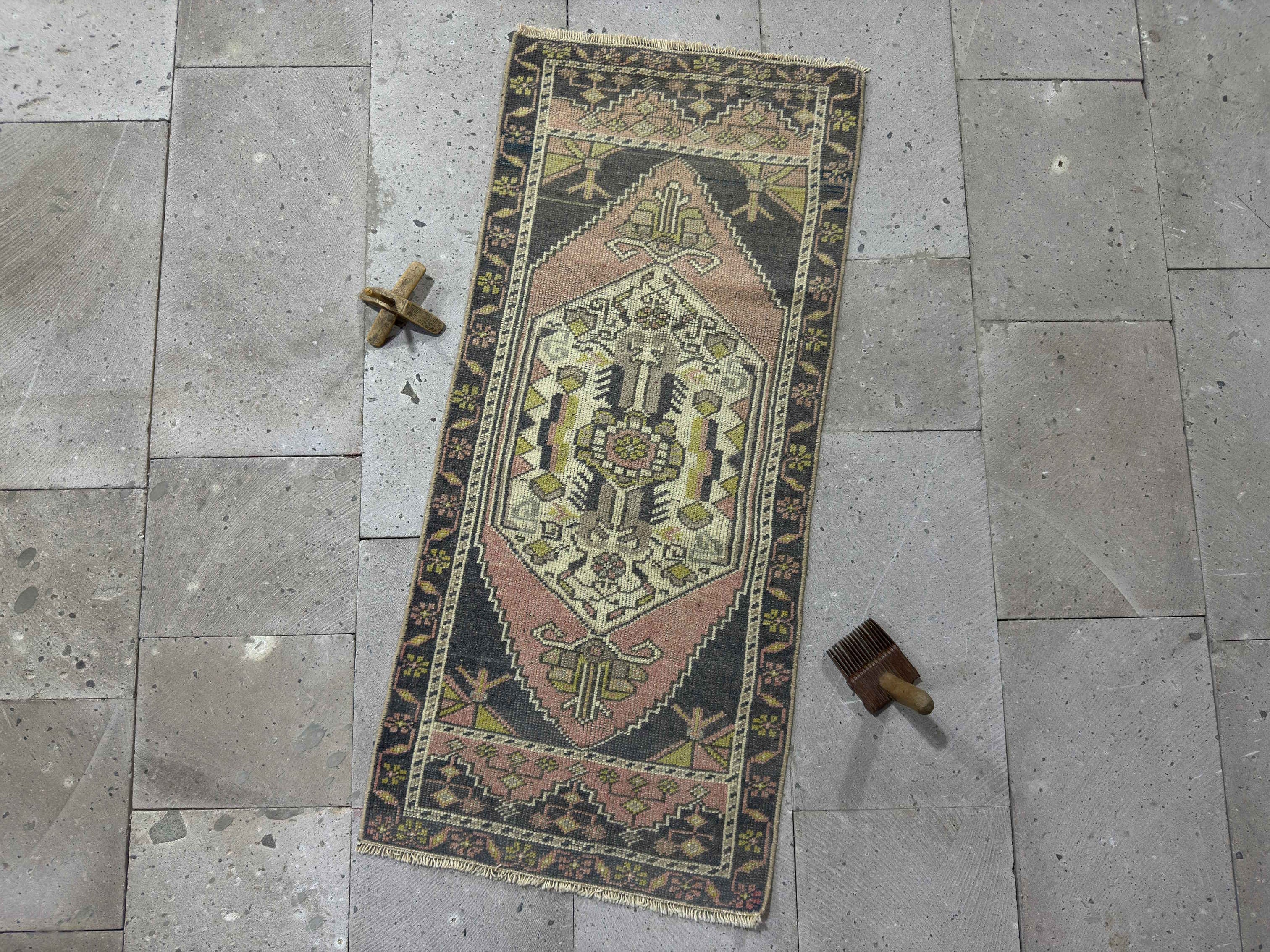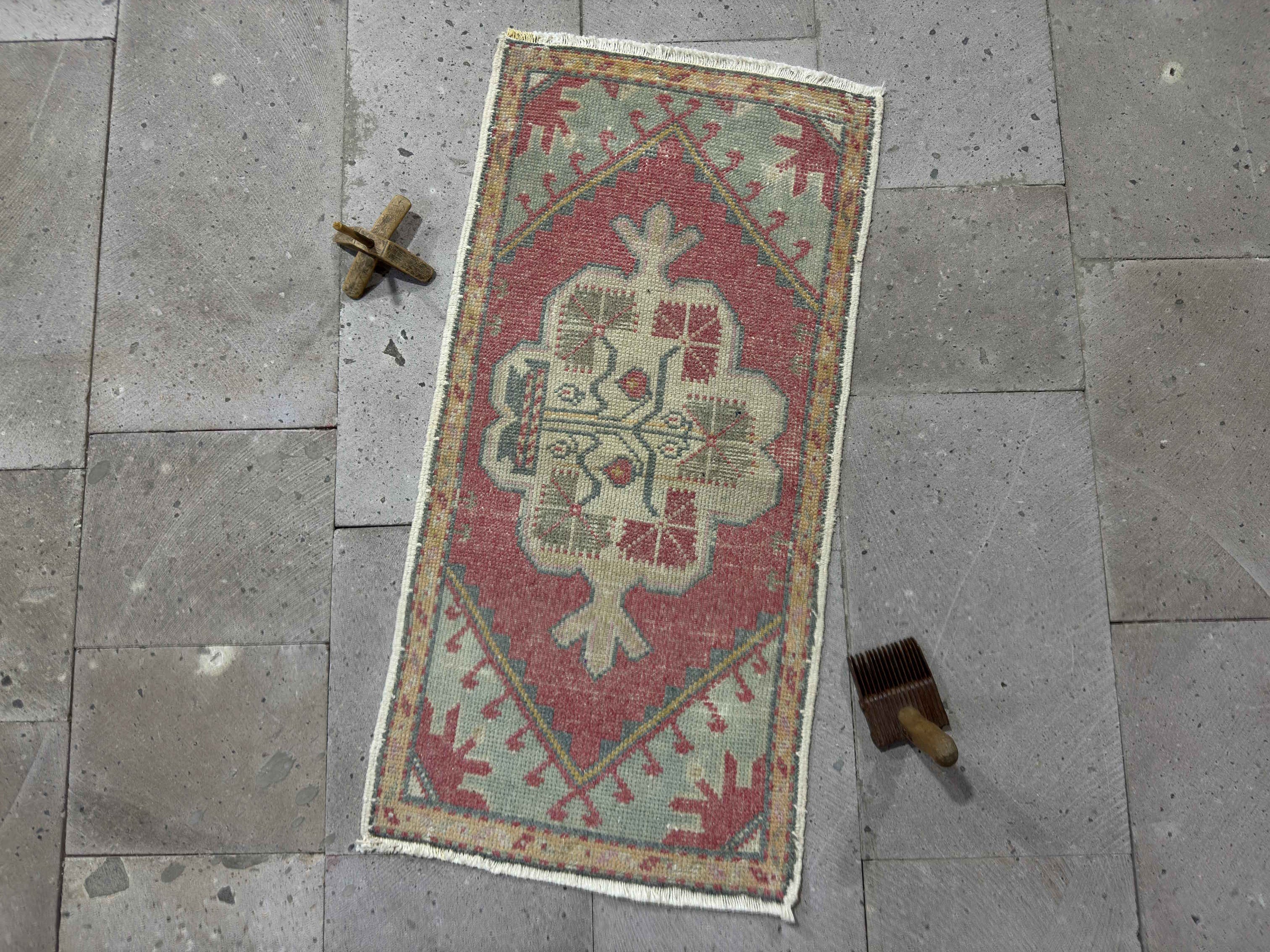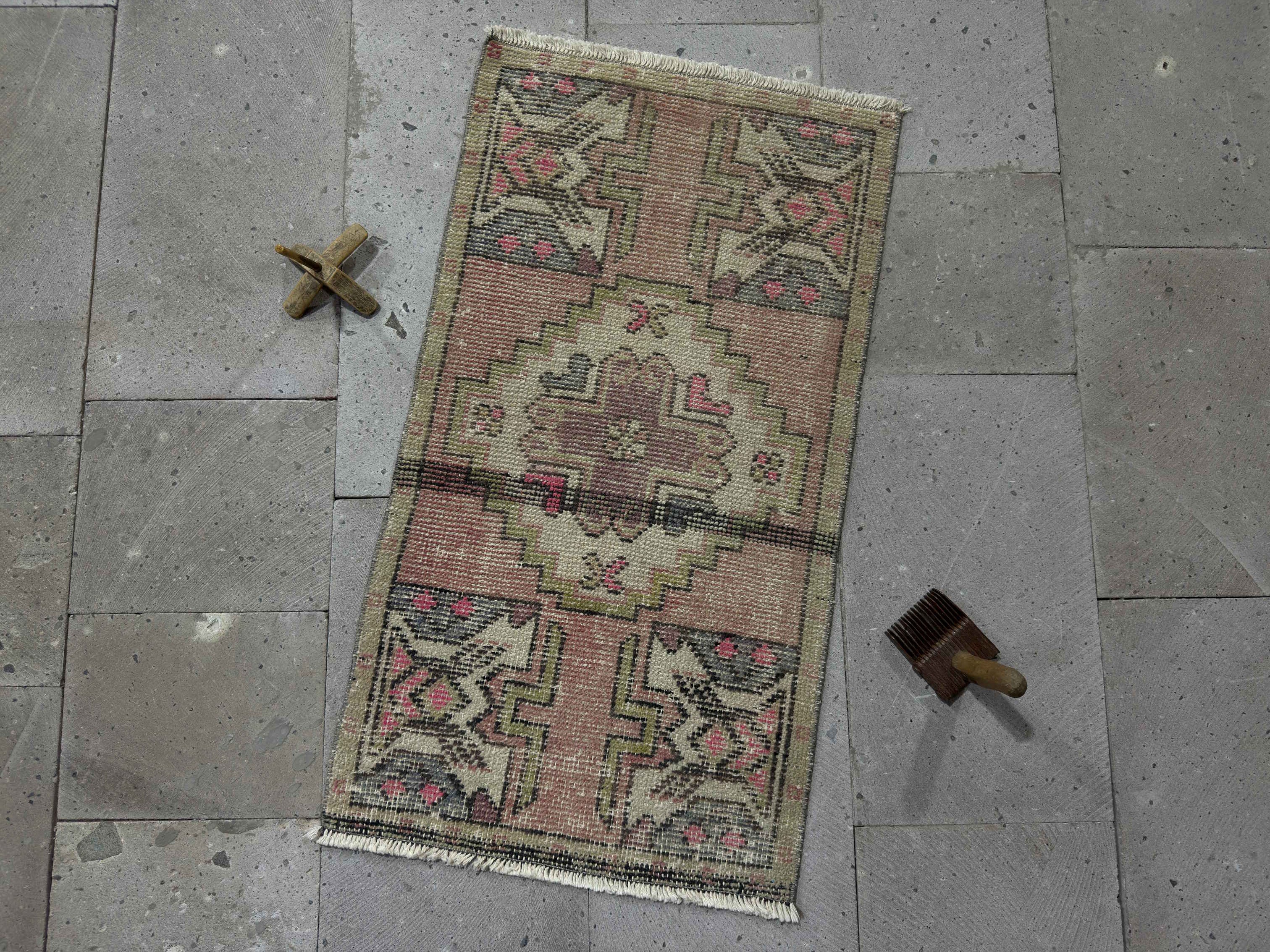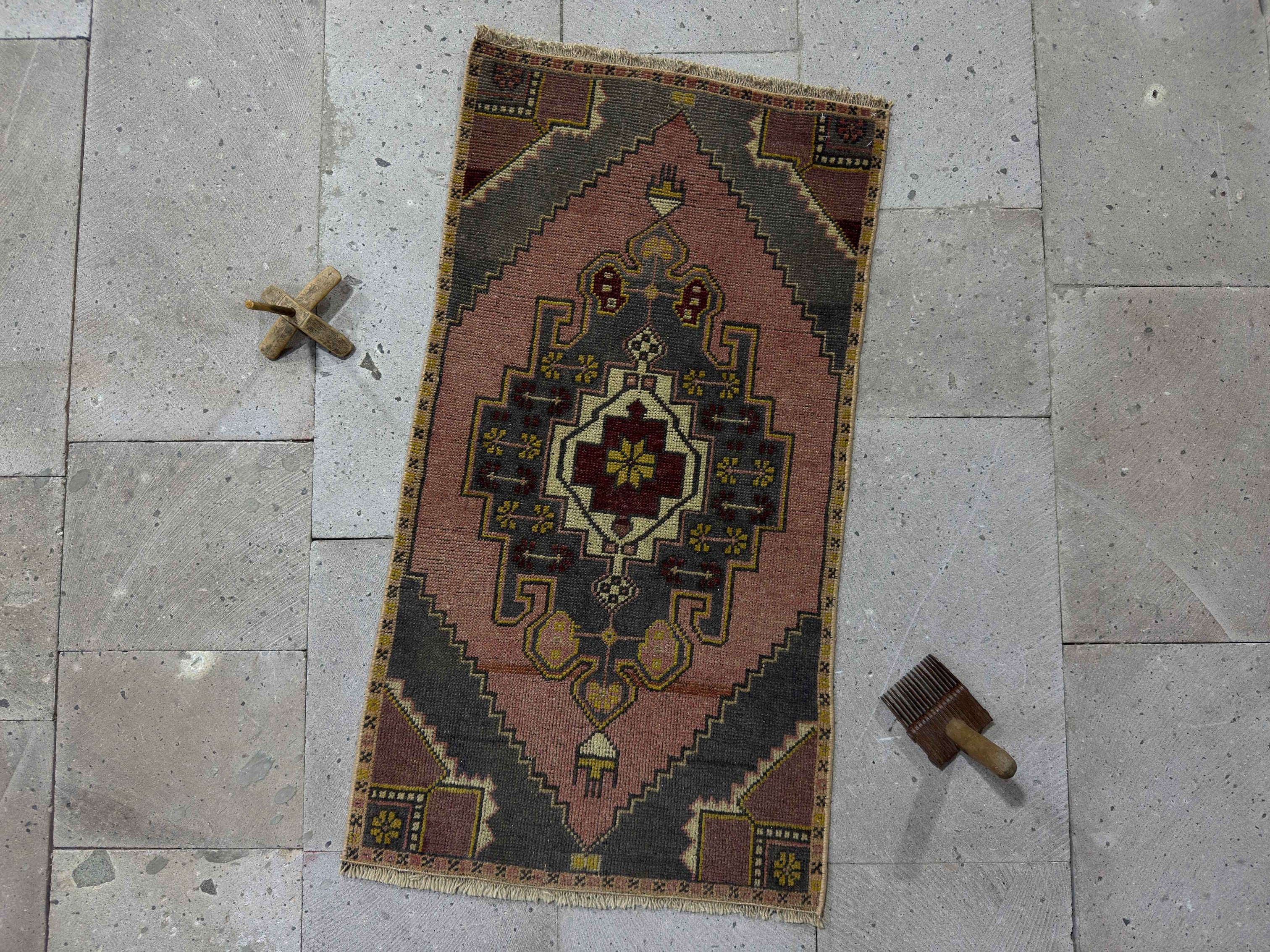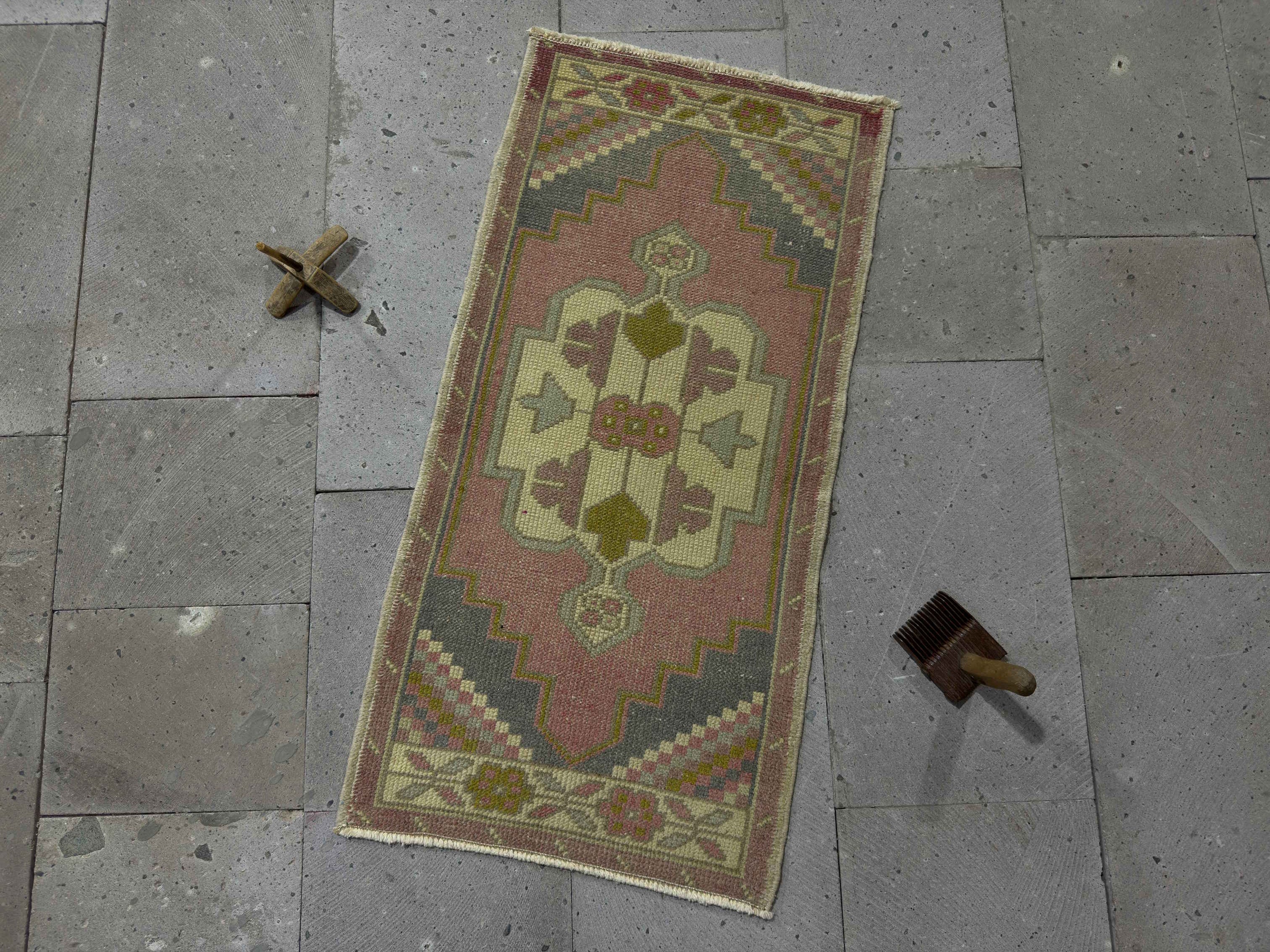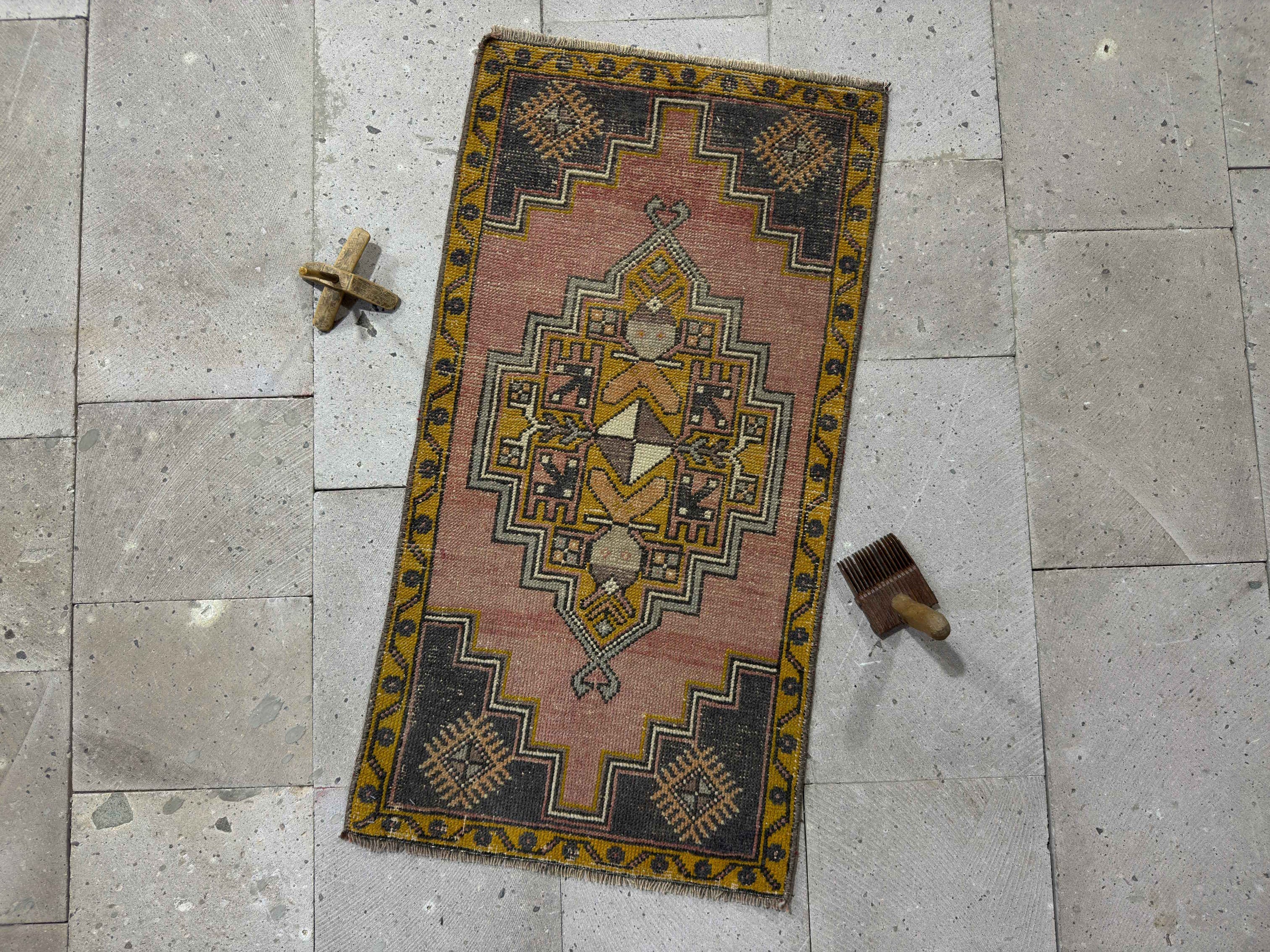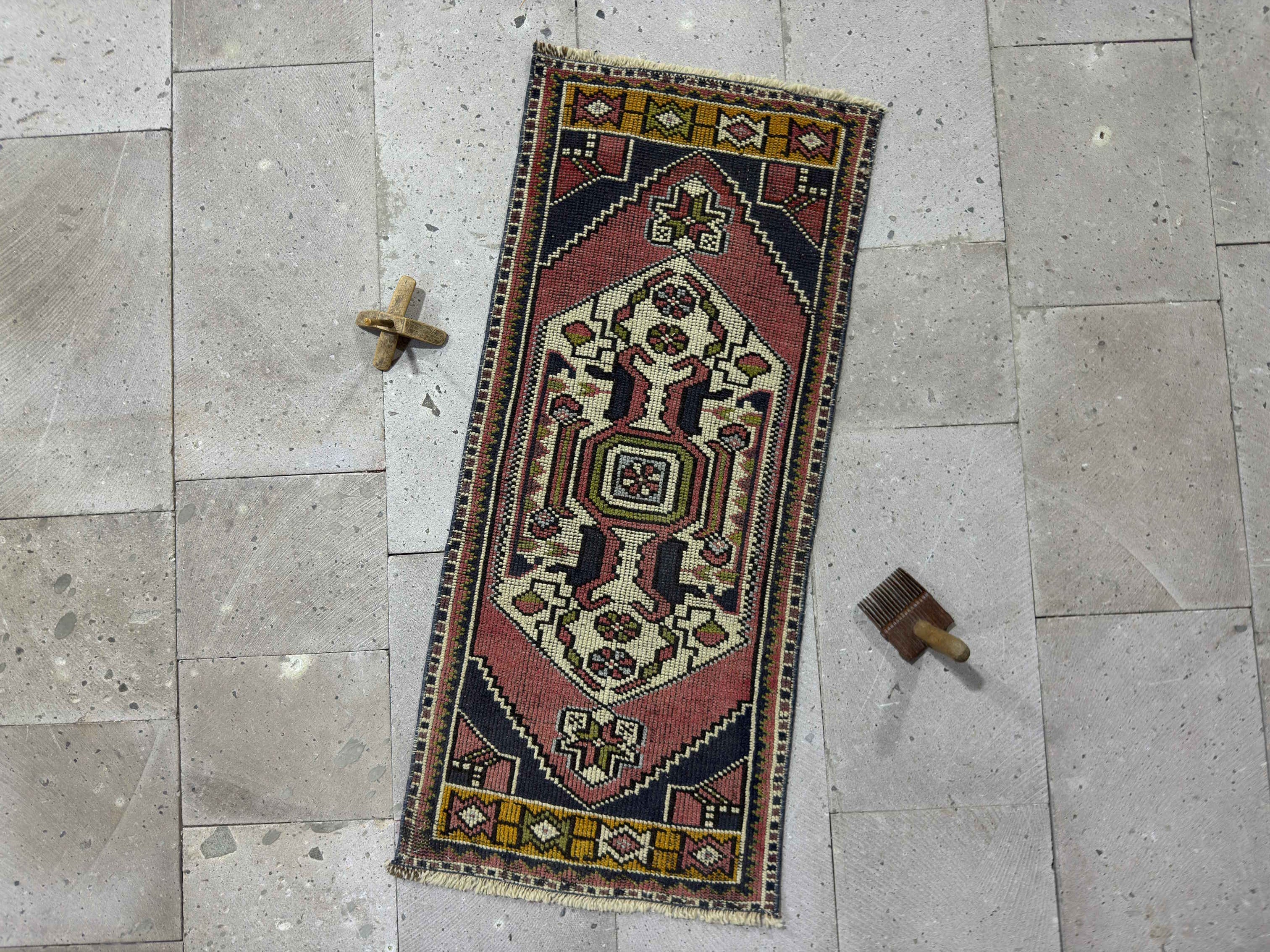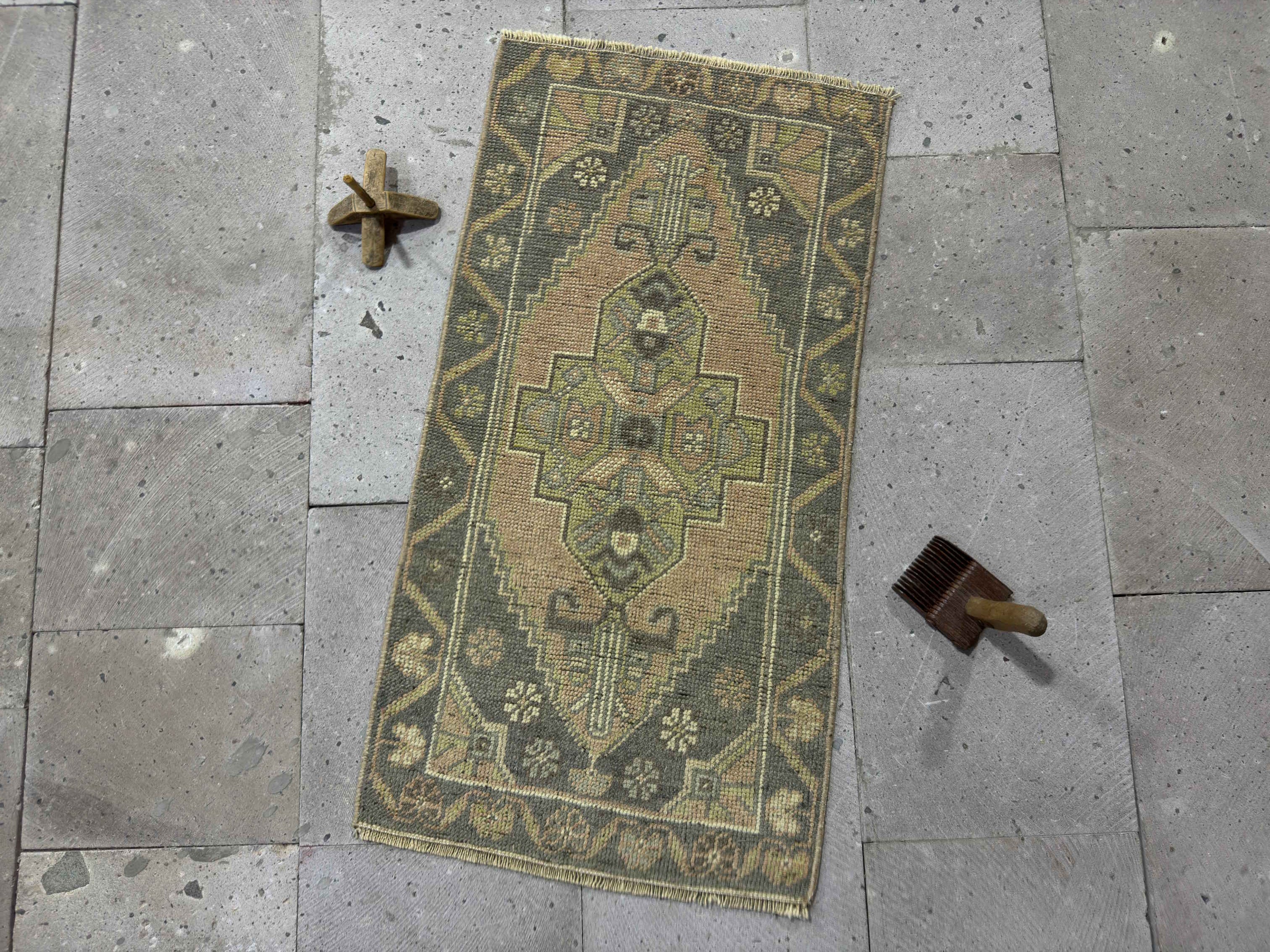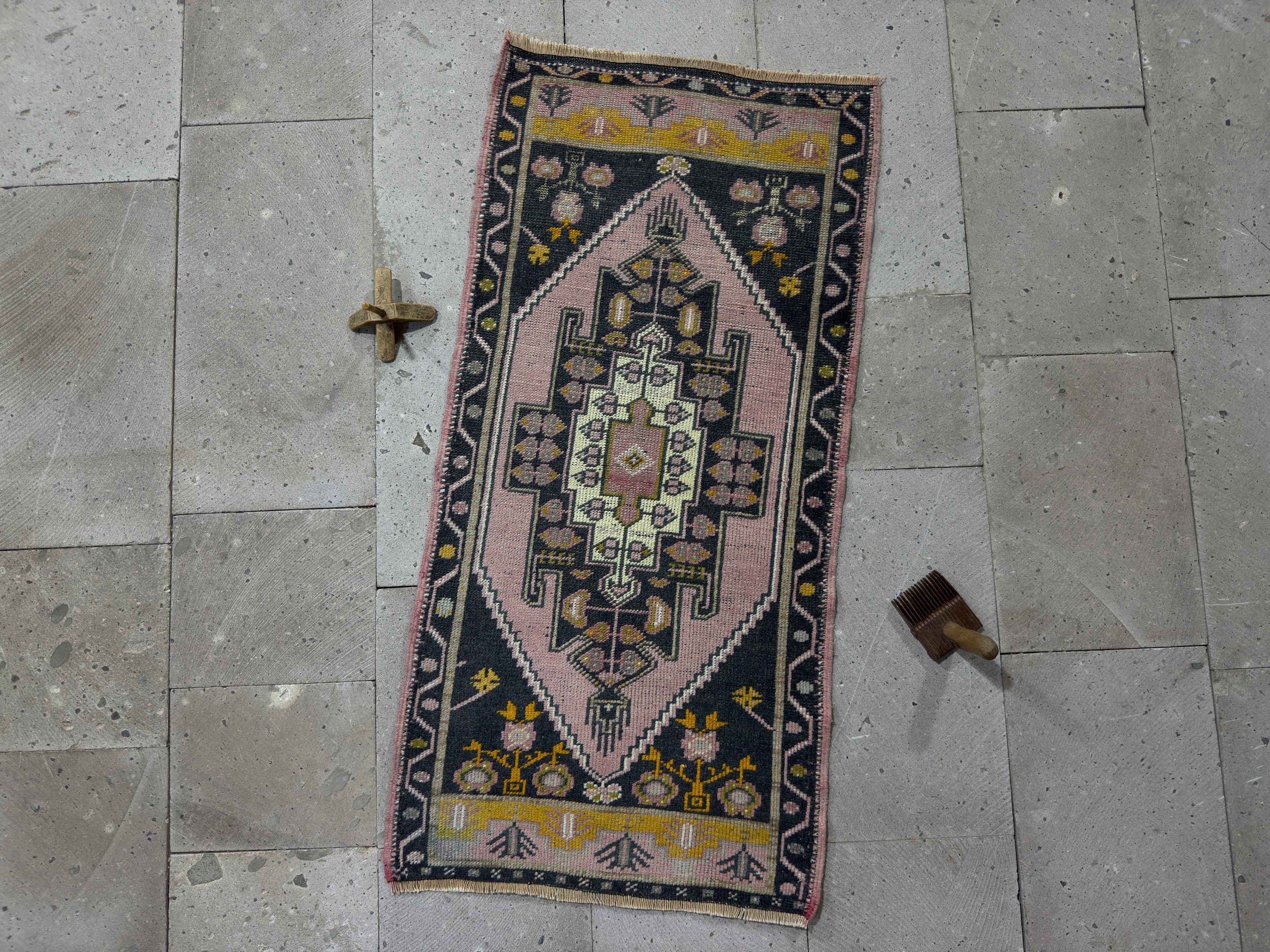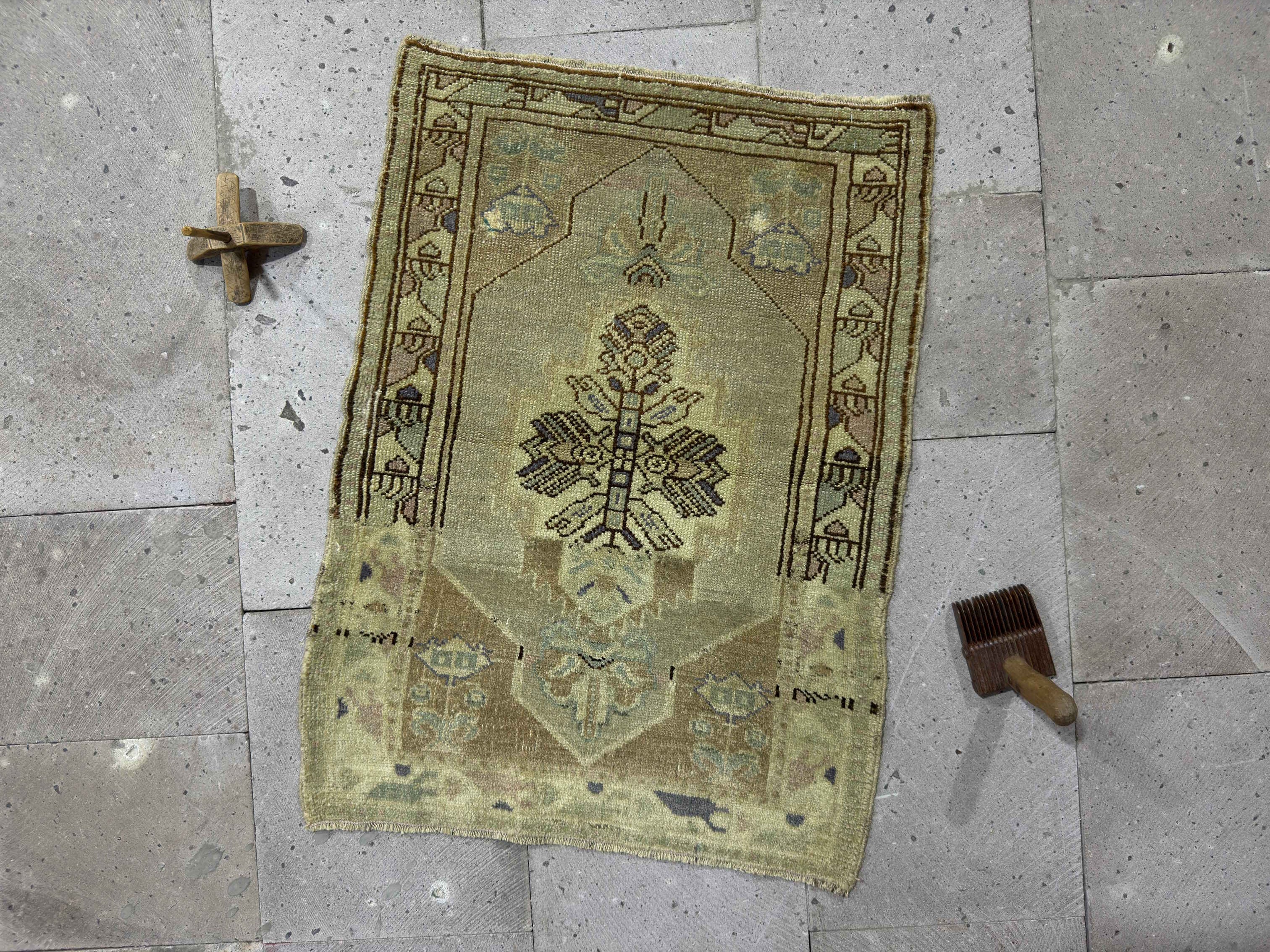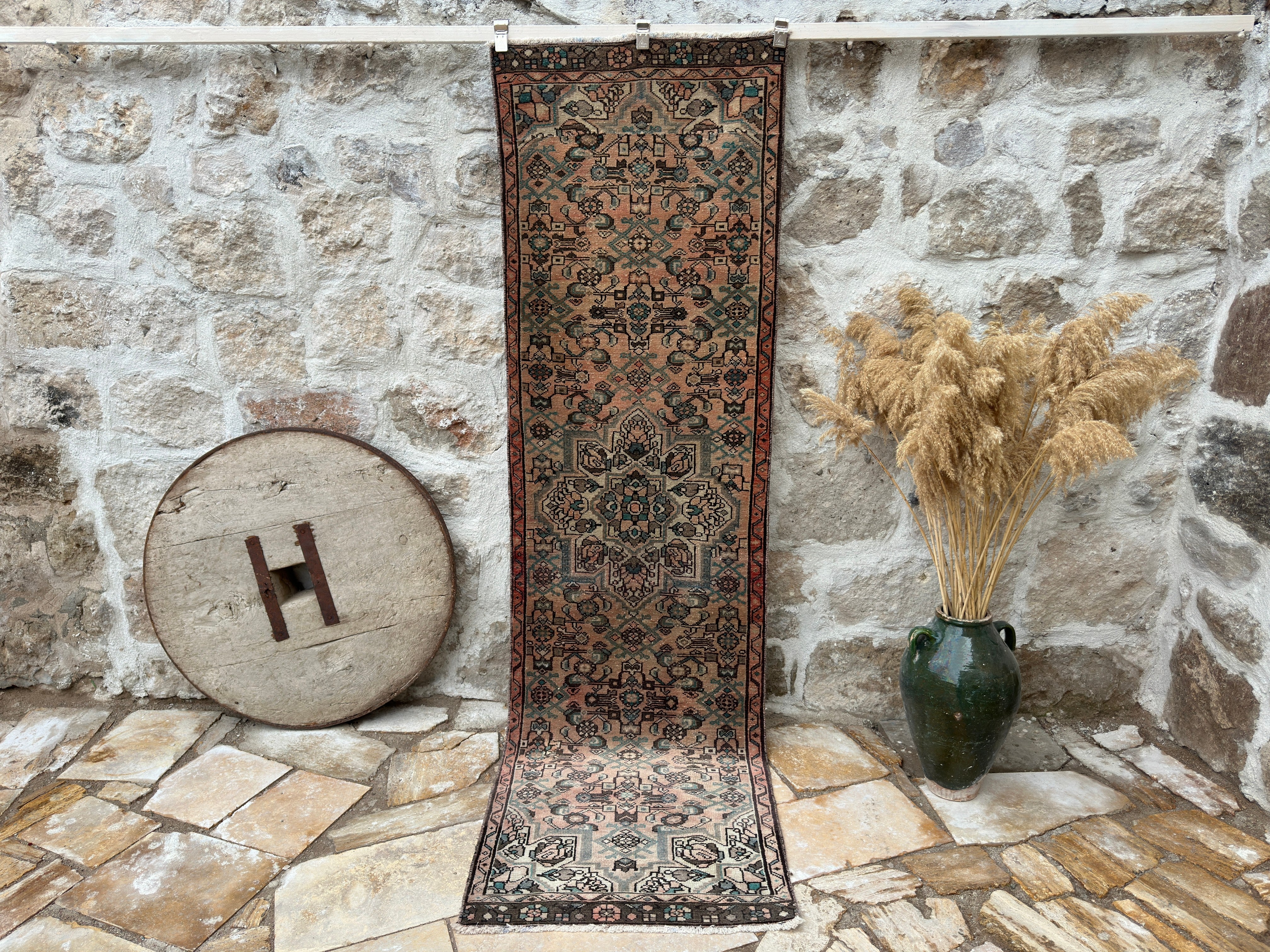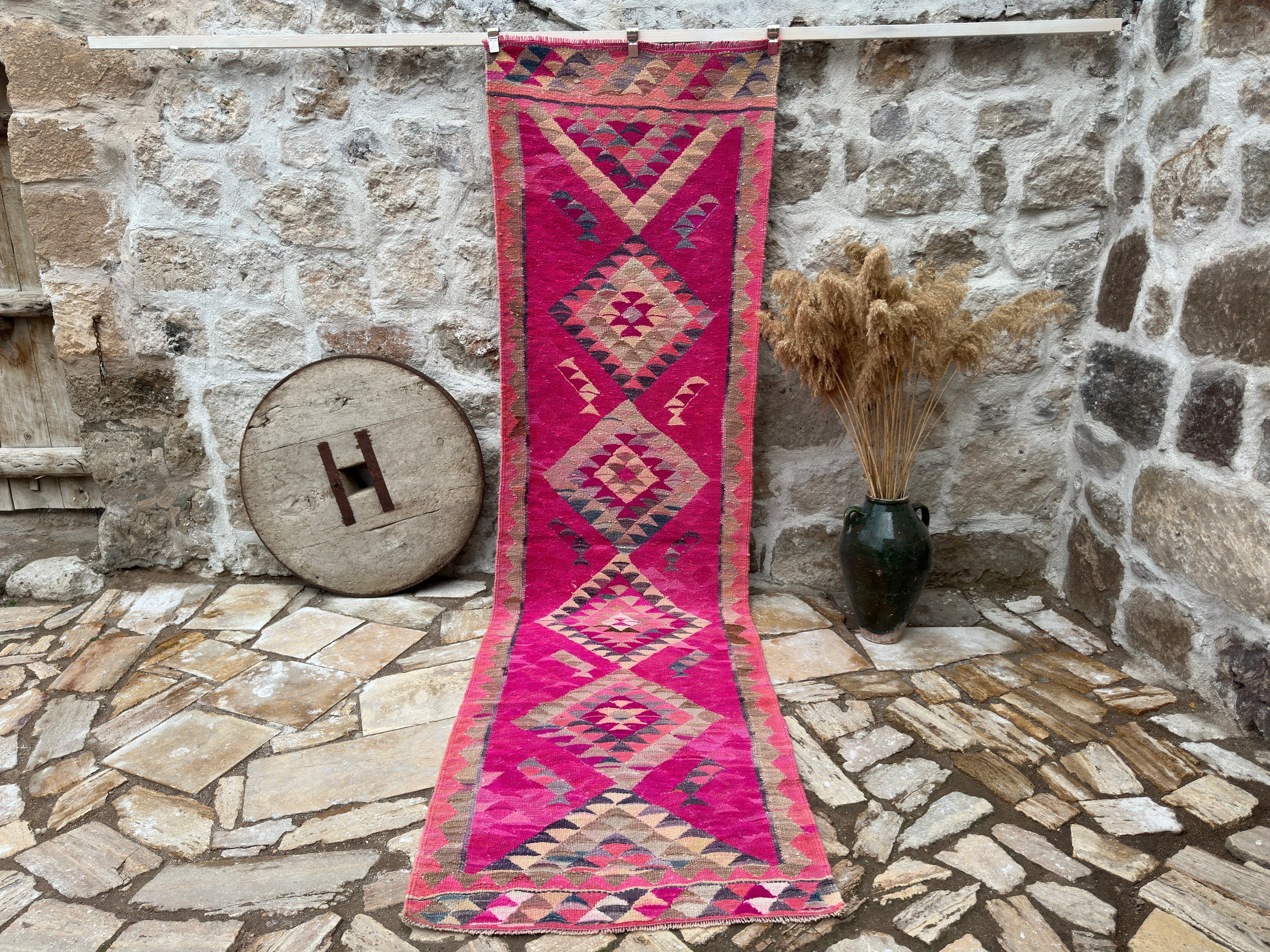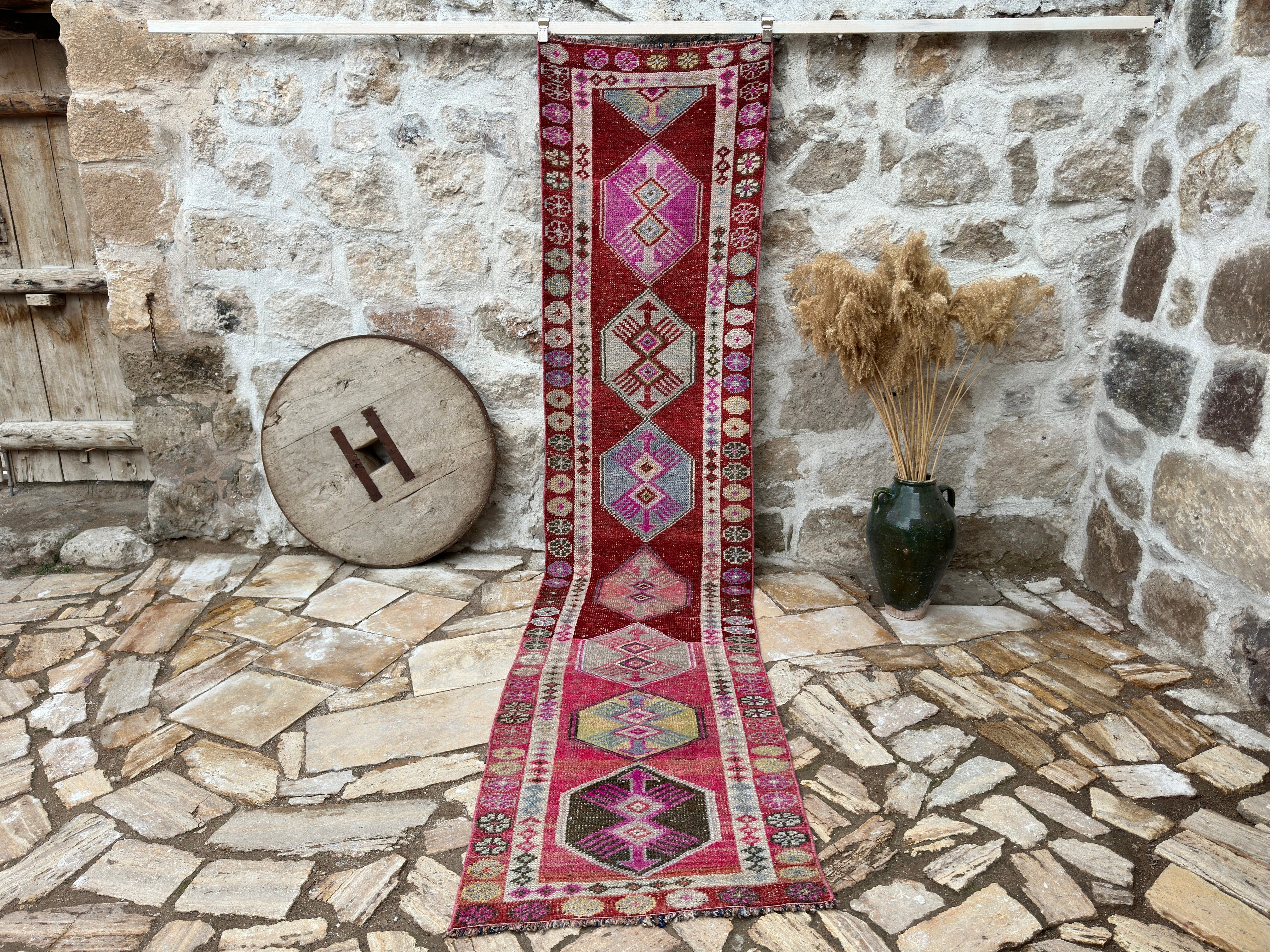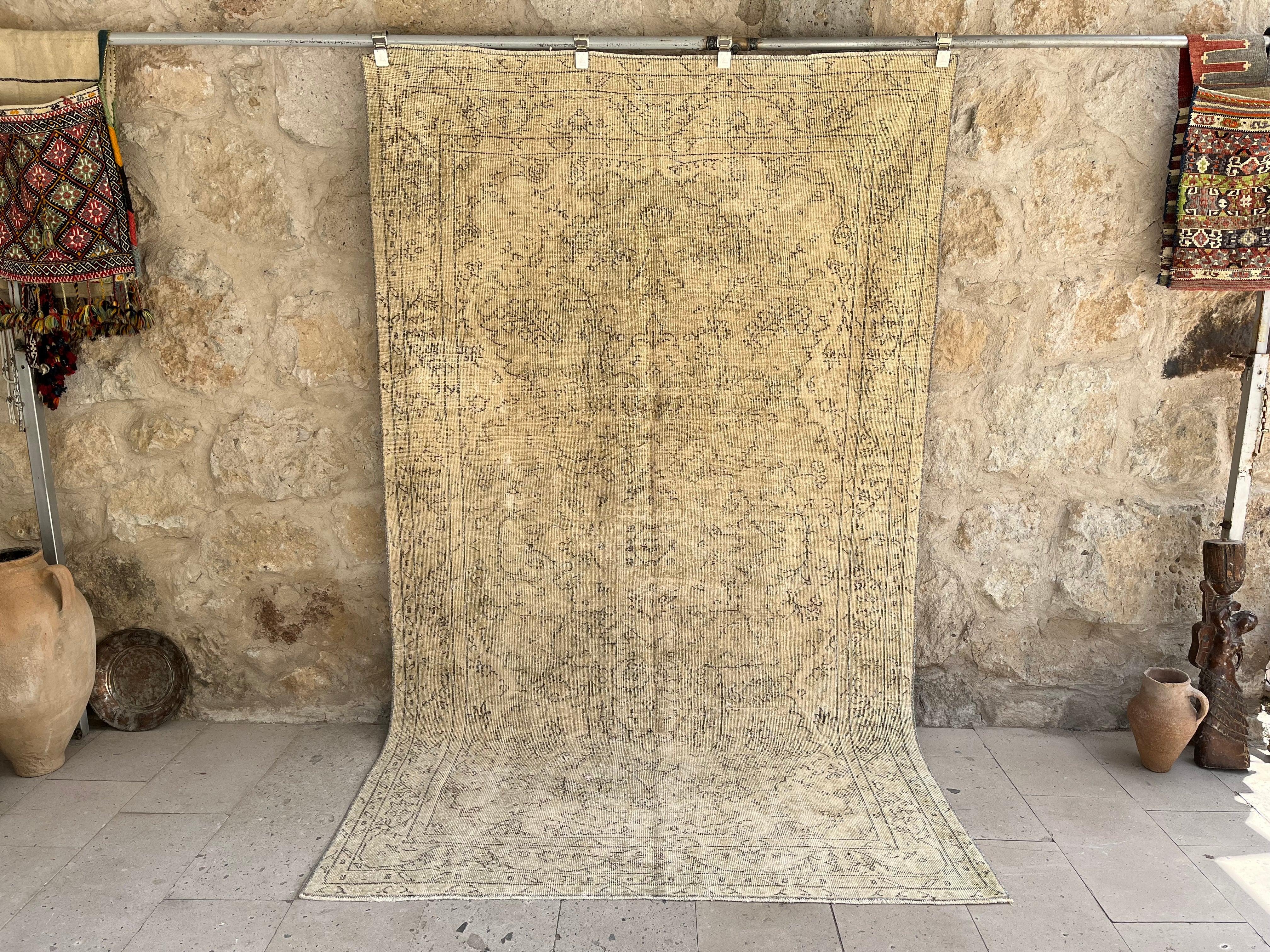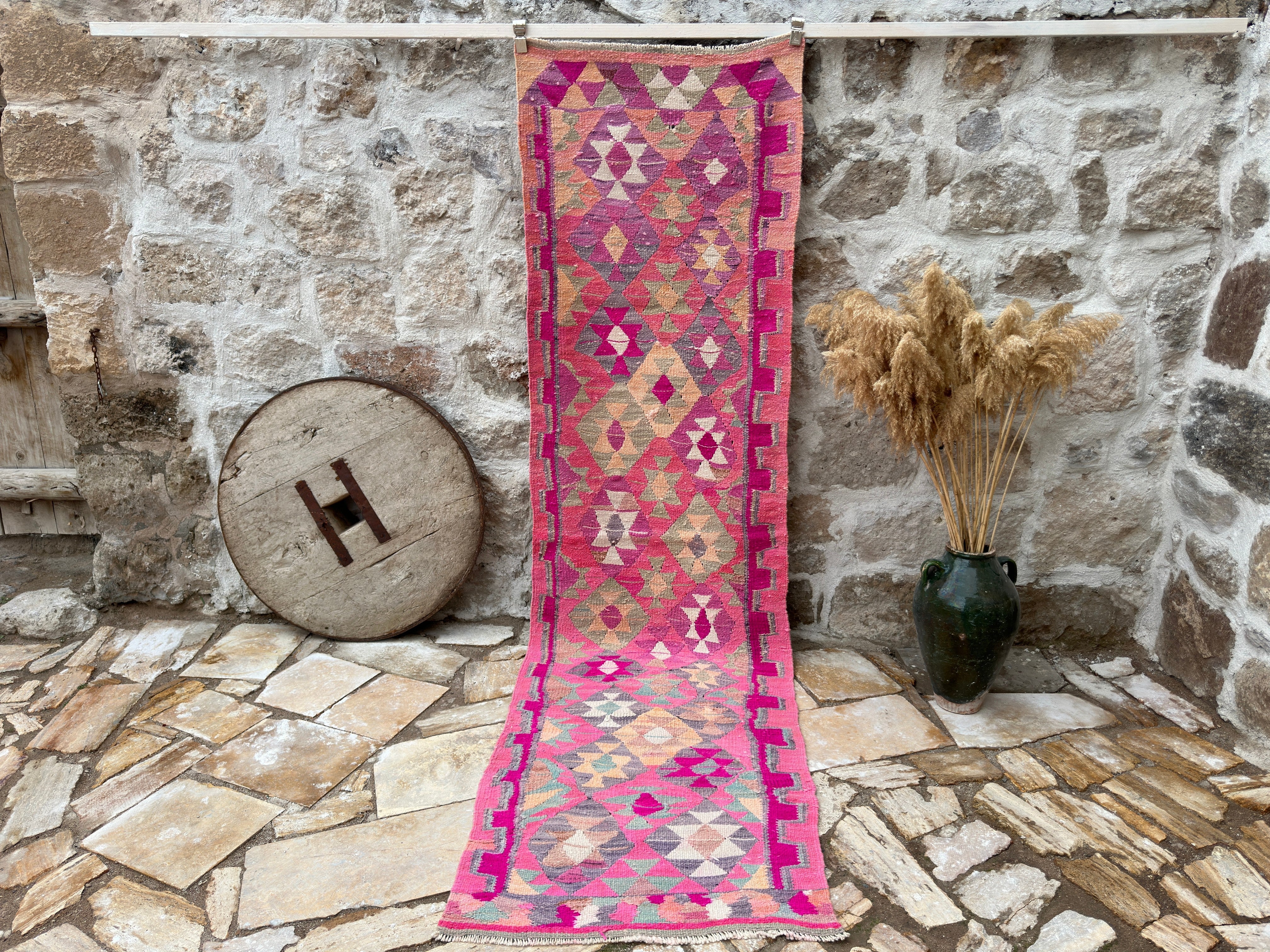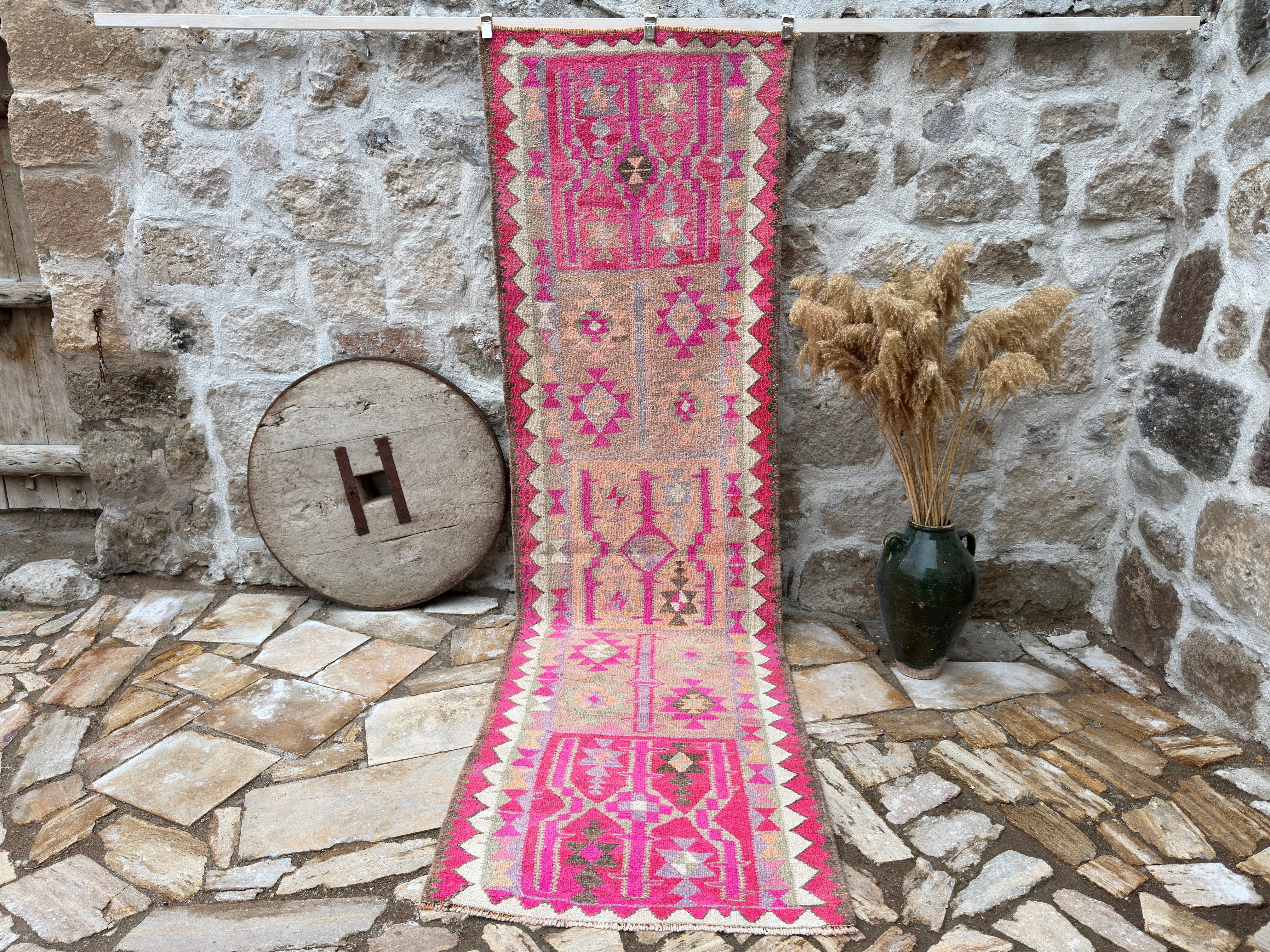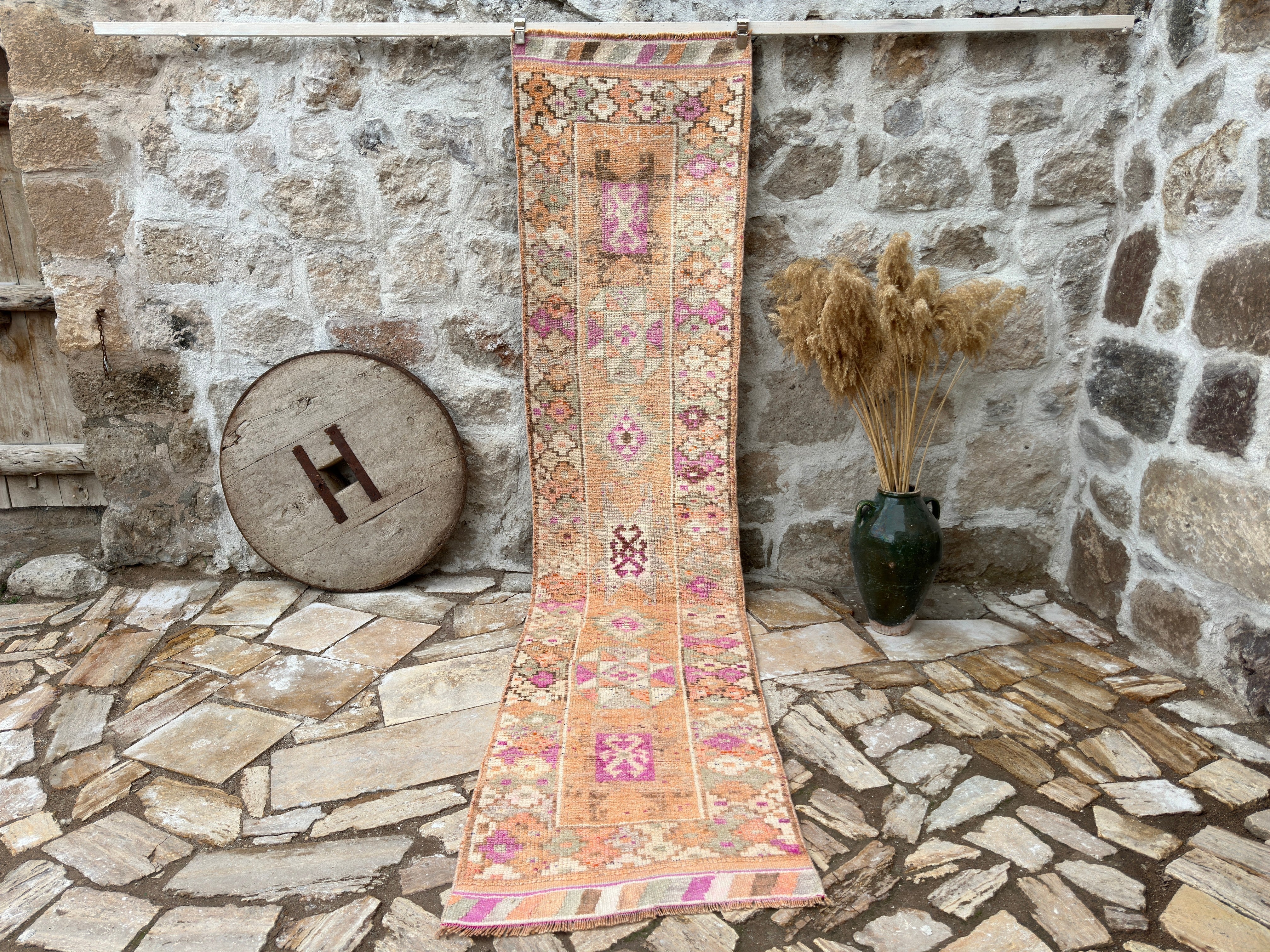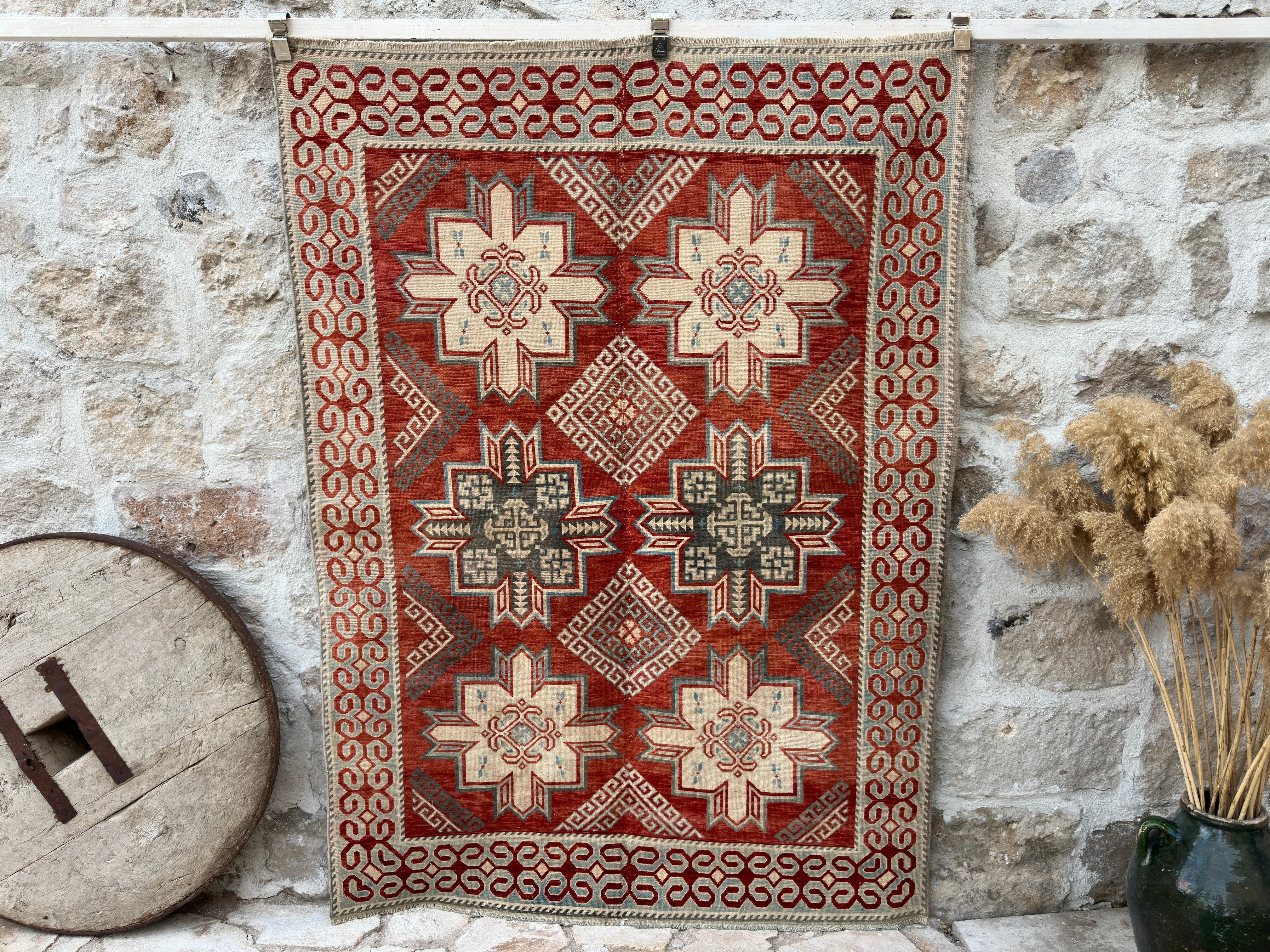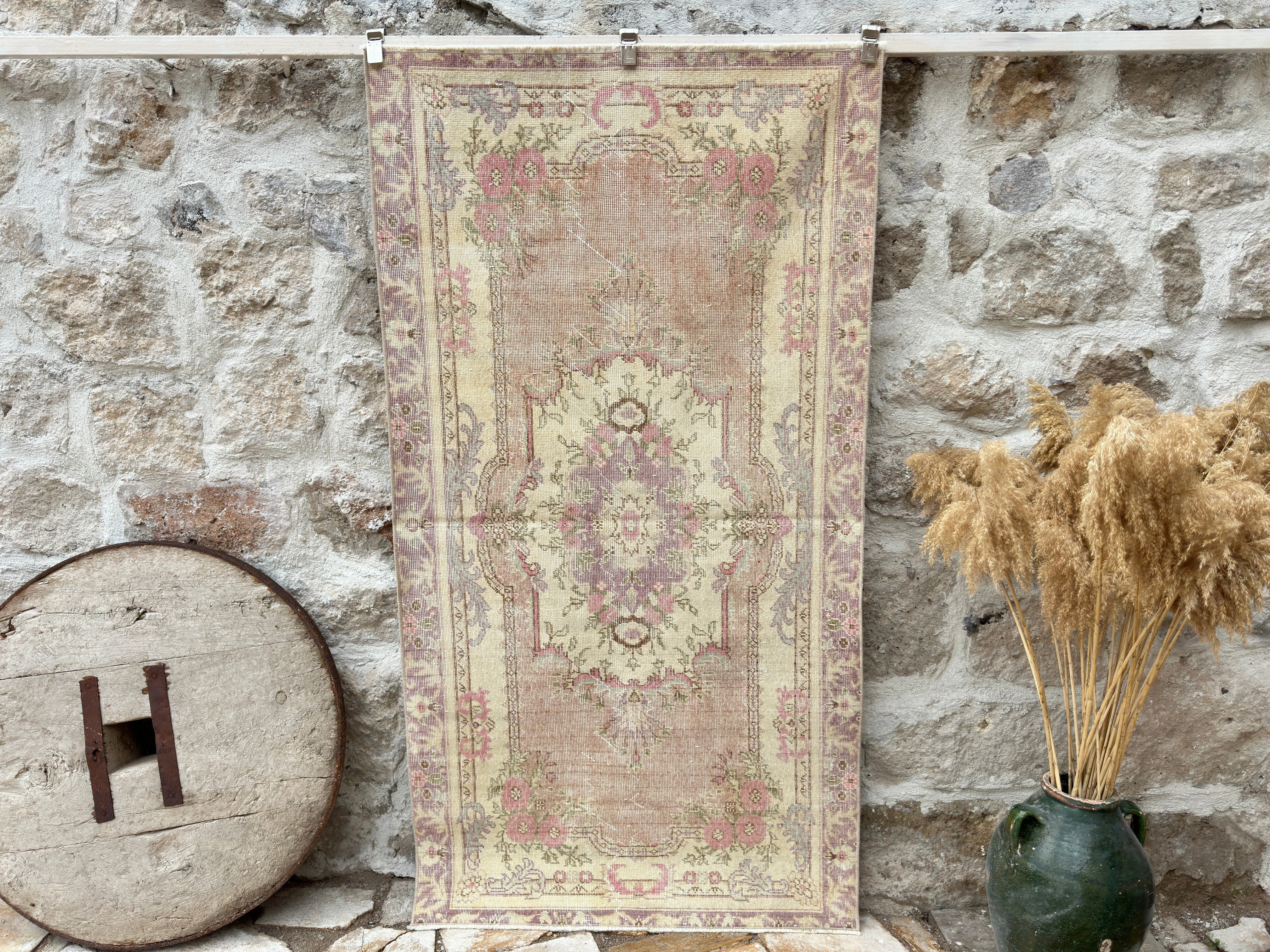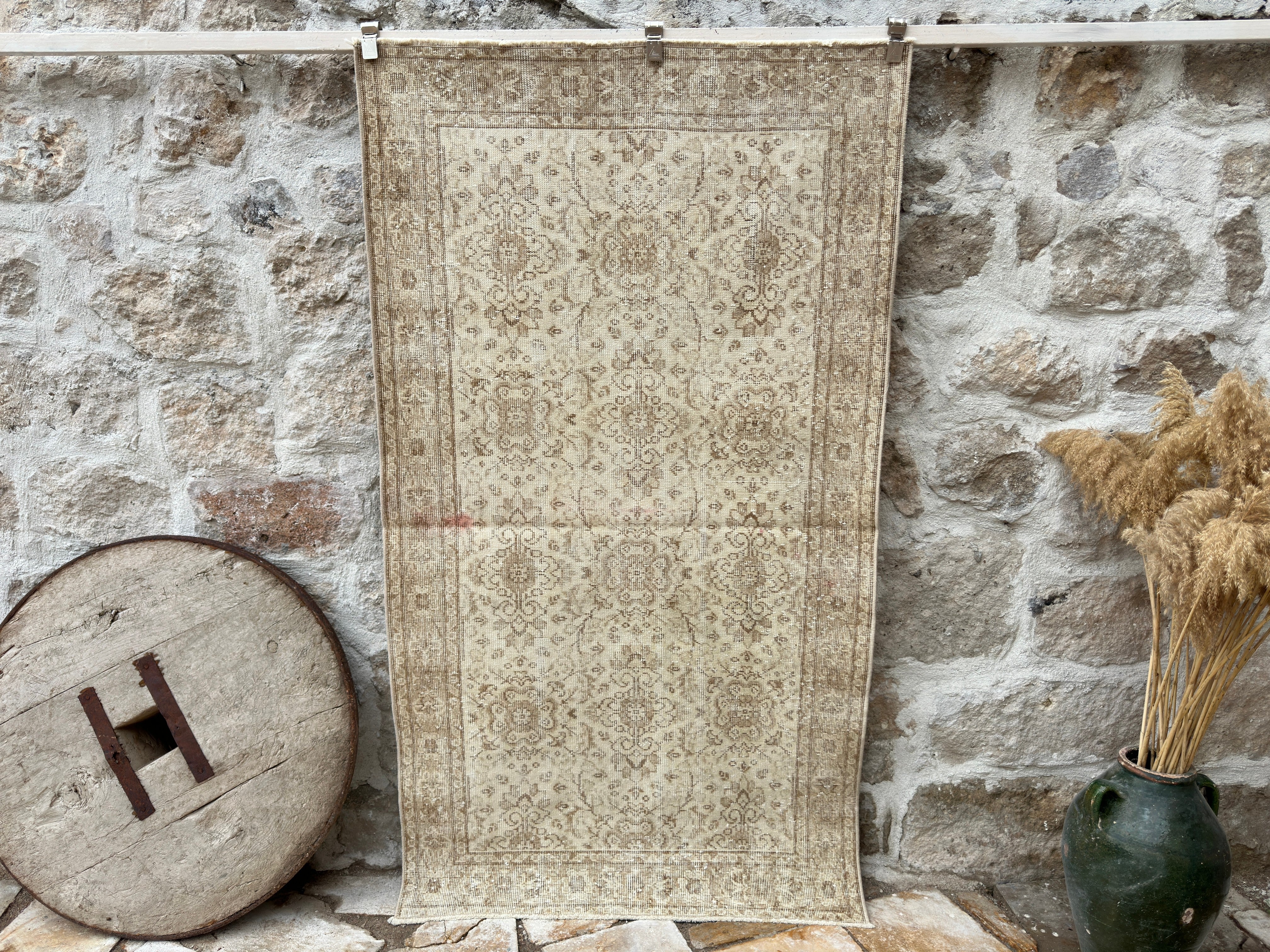Differences Between Turkish Rugs and Persian Rugs
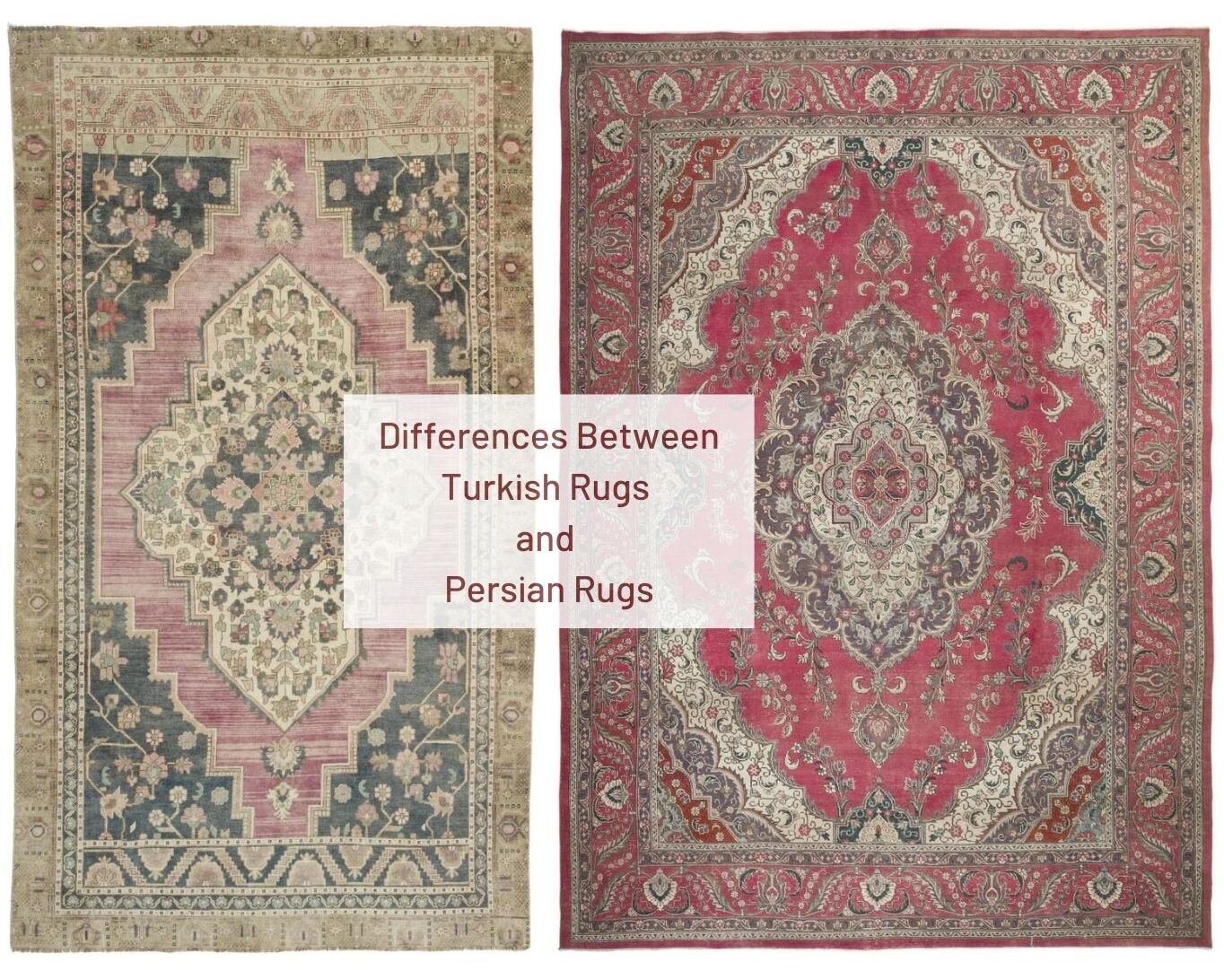
Turkish and Persian rugs are often mentioned as two of the best rugs because they last a long time, add character to a room, and have deep cultural meaning. But how are they really different? Although they look alike at first glance—both were made by hand, are often vintage, and are clearly beautiful—they are actually very different in where they came from, how they were made, the style they have, and what they were meant to do. Reading about the differences between Turkish and Persian rugs can help you choose the right one for your space and your budget.
Here are some historical, artistic, and traditional links between these two great rug-makers.
How to Choose Between Turkish and Persian Rugs
A fun task can be choosing between Turkish and Persian rugs. Loved all over the world, both styles offer something special. Turkish vintage rugs have strong geometric patterns, earthy tones, and a tribal feel, while Persian rugs are more likely to have floral, curved, and intricate designs. Which one you choose usually depends on your personal taste, the mood you want to create in the room, and how you plan to use the rug.
In terms of popularity and regular use, though, Turkish rugs have reached a wider audience, especially in modern homes. Many modern rooms look better with their simpler, more relaxed, and geometric shapes. Because they are culturally accessible, especially through known direct sellers like Kirmen Rugs, they are a popular choice for people who want the real thing without having to pay a lot of money.
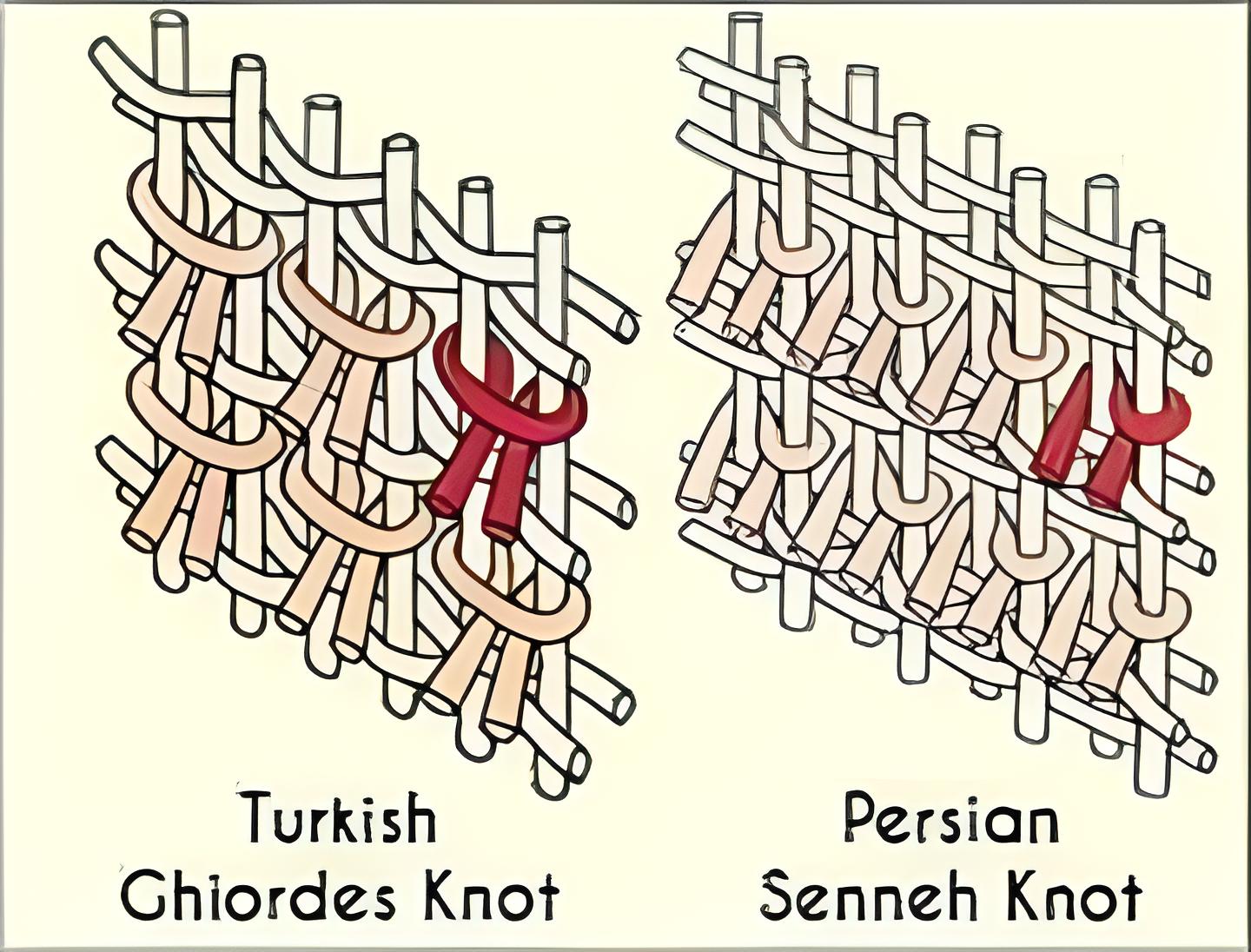
How Turkish and Persian Rugs Are Made
Handmade rugs by hand is a way to share national stories, and the weaving methods used in them have been passed down for hundreds of years. Turkey's traditional rugs are made with the Turkish knot, which is also called the double knot or the Ghiordes knot. For this technique, you wrap the yarn around two warp threads and then pull it back through the middle. Due to the strong, symmetrical knots it makes, Turkish vintage rugs are great for places with a lot of foot traffic.
While the Persian knot, also called the Senneh knot, is usually used for rugs from Persia. When using this single knot method, the yarn goes around just one warp thread and then under the next thread. The result is a finer, more complex weave that lets patterns be very detailed and complex. Although both are very good, the Turkish knot makes the surface thicker and more textured, while the Persian knot lets you make more complicated designs.
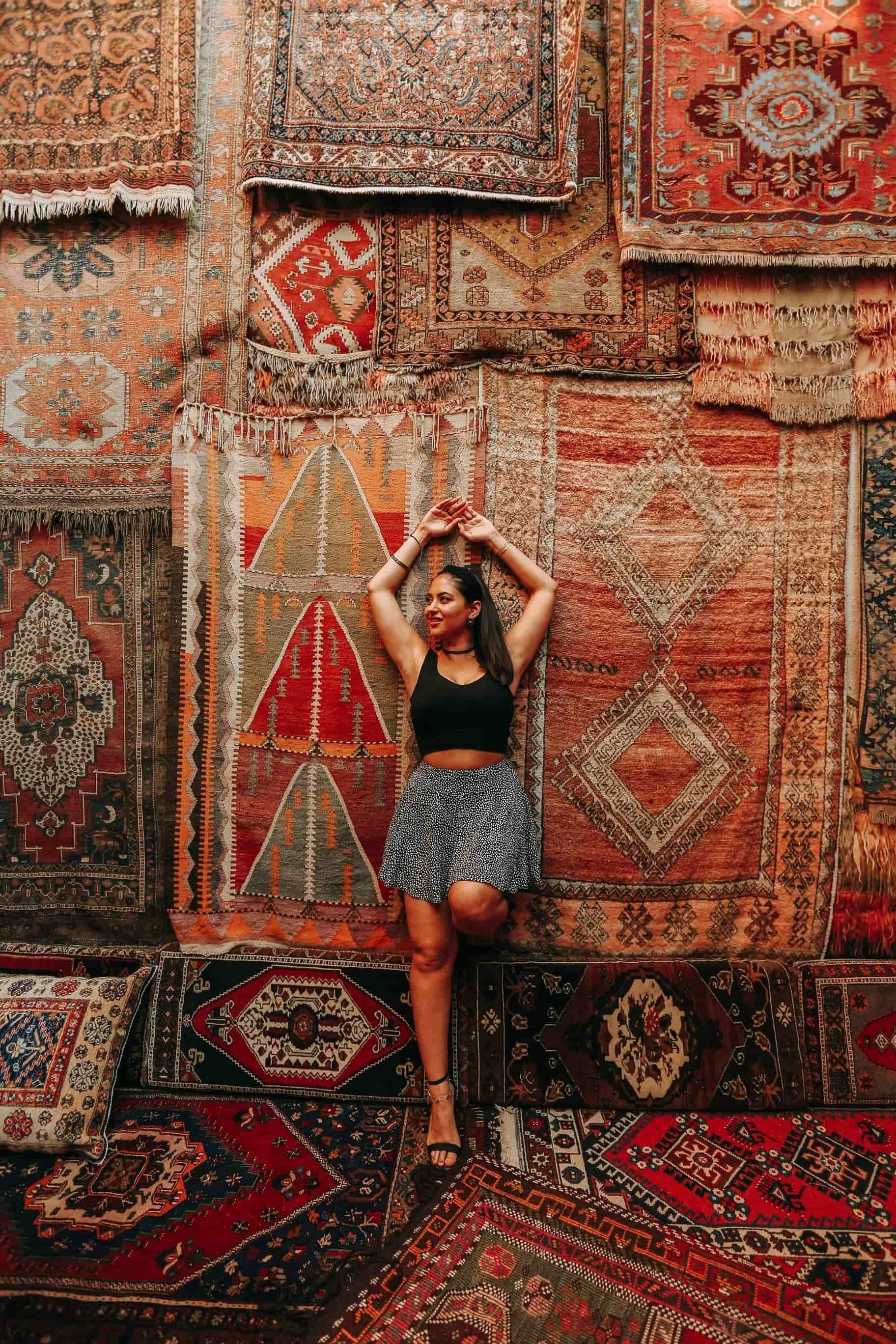
Materials Matter: Wool, Cotton, and Silk Compared
Usually made of wool, cotton, and sometimes silk, Turkish and Persian rugs are very similar to each other. Different regions, artists, and the rug's purpose can all affect the quality and mix of these materials.
Overall, both Turkish and Persian weavers value high-quality wool that is often spun by hand and dyed naturally. As a result of its resilience and softness, the wool used in Turkish antique rugs is perfect for long-term use. Turkey's flatweave and kilim rug use cotton as the basis because it makes the fabric stronger and lighter.
Many Persian rugs are made of wool, cotton, or silk for extra shine and luxury. Material differences aren't very noticeable, and both types of rugs have beautiful patterns and are strong. That doesn't matter—what matters is what fits your needs and room.
Design & Motif Differences You’ll Notice
In terms of style, the design language is one of the most noticeable differences between Turkish and Persian rugs. Modern geometric shapes, tribal designs, and ancient symbols can be found on Turkish rugs. They are usually bigger and less literal, with pendants, stars, diamonds, and even symbols of fertility, protection, or plenty in the middle.
When compared to this, Persian rugs are known for their delicate flower patterns, curved shapes, and intricate scenes that can be gardens, animals, or even whole stories woven into the fabric. Traditional Persian art uses these designs, which often come from places like Isfahan, Kashan, and Tabriz that are known for their own styles.
There has always been some cross-cultural impact, especially during the Ottoman Empire when craftsmen from different cultures lived close to each other. The development of many patterns and themes happened at the same time, mixing similarities. Despite having a common past, each type of rug still has its own unique look.
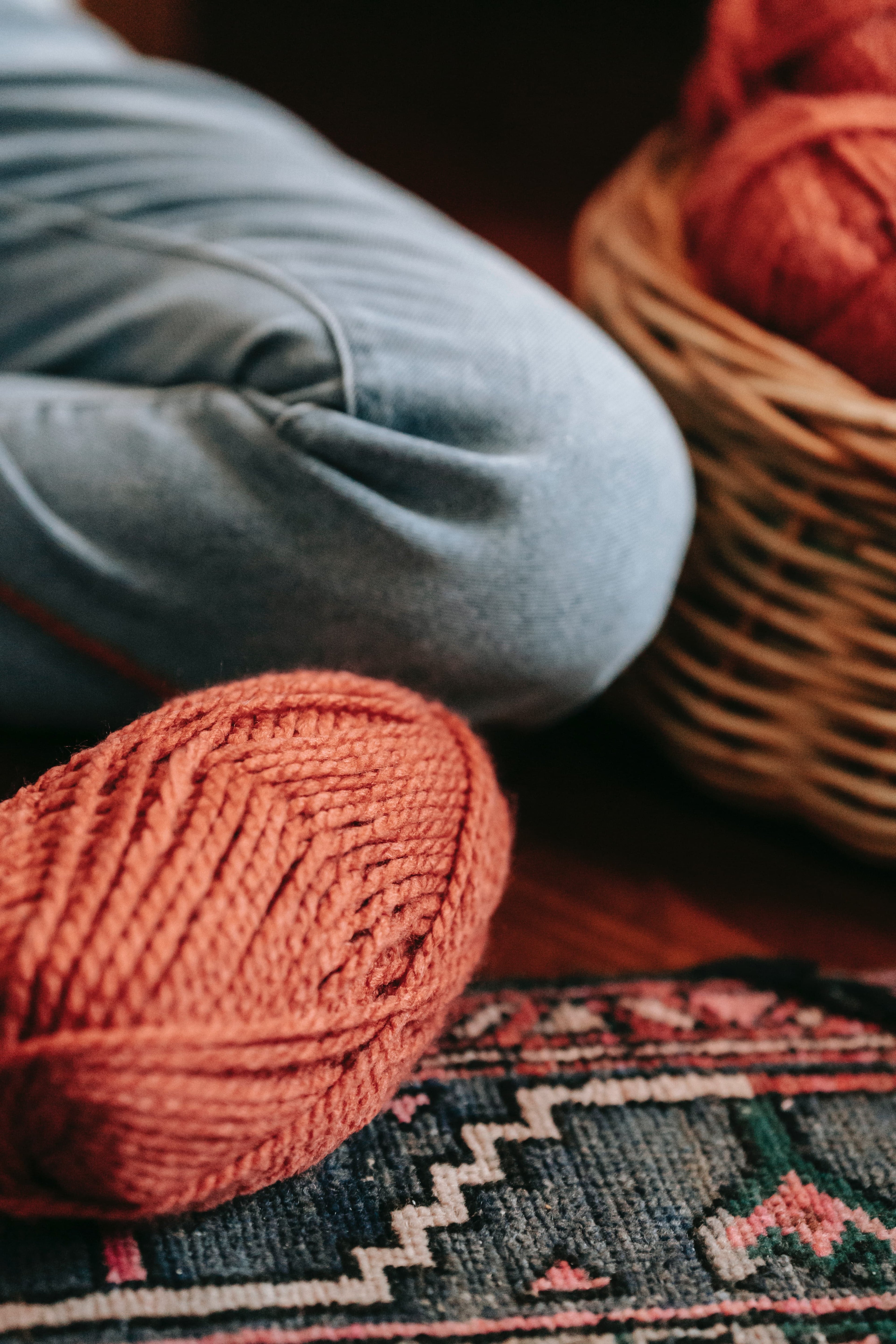
Color Use and Traditional Dyeing Techniques
Antique Turkish and Persian rugs are both beautiful because of their color. Naturally occurring colors come from plants, roots, insects, and minerals in both cultures. The process is considered, slow, and long-lasting, and the outcome is a palette that looks great after decades.
Some examples of earthy, muted colors that you might find in Turkish rugs are rust red, deep blue, ochre, and faded pastels. These qualities make them perfect for modern rooms that need a warm but understated base. It is common for Persian rugs to have colors that are brighter and more saturated, like deep blues, bright reds, and lavish golds.
Turkish rugs are unique because of where they came from. In the past, many Turkish rugs were not made to be sold. Instead, they were utilized for personal reasons, given as gifts, or to commemorate important events in people's lives. Making rugs with a personal, emotional link often leads to more interesting stories and better craftsmanship. It's more than just a floor covering when you buy a Turkish vintage rug. You're taking on someone's history.
Durability and Everyday Use: What to Expect
To be long-lasting, both Turkish and Persian rugs are great options. With the right care, the hand-knotted method means that these pieces can last for decades or even centuries. What matters is how and where you use the rug.
High-traffic areas like living rooms, hallways, and kitchens are great places for Turkish rugs, especially those made with a wool-cotton mix. There is more durability in the rug because of the Turkish knot. As time goes on, these rugs usually look better and softer.
For low-traffic areas or formal settings like beds or living rooms, Persian rugs are often better because they have finer knots and sometimes more delicate silk parts. They're not fragile, but they do benefit from being handled with more care.
Often, Turkish antique rugs are the best choice for everyday use because they are the best combination of style and durability. Although they are useful, they don't lack style.
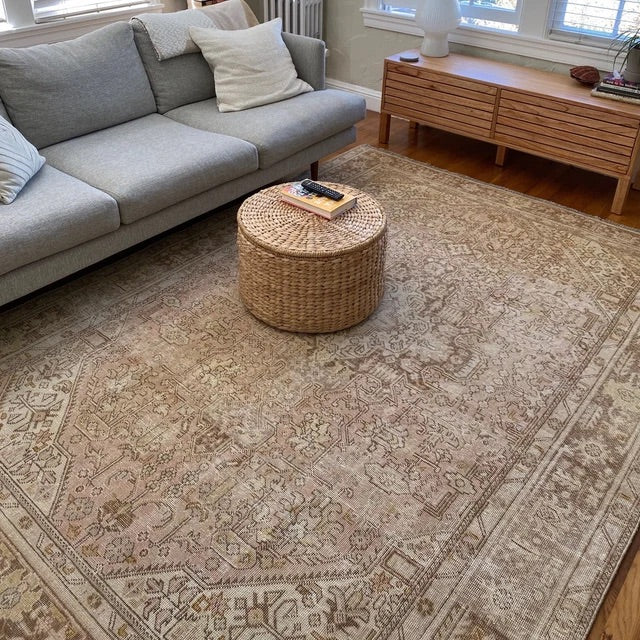
Pricing & Value: Which Rug Is Worth the Investment?
Pricing-wise, Turkish and Persian rugs are both very different. Value depends on many things, including age, knot density, material quality, and state. Carpets from Persia are usually more expensive, especially those from well-known towns with a long history of silk weaving and intricate designs.
Although, Turkish rugs are often a better deal for regular buyers. The quality is the same, but because you can get them directly from sellers in Turkey, like Kirmen Rugs, you don't have to pay the markup that comes with importers, brokers, or excessive branding.
If you’re looking for a collectible piece, antique rugs (whether Turkish or Persian) are your best bet. These rugs are often museum-worthy and may be better displayed on walls than used underfoot. On the other hand, if you want a beautiful, long-lasting rug that complements your home and lifestyle, turkish vintage rugs are both practical and potentially heirloom-worthy. With proper care, they can become tomorrow’s antiques—a treasured piece for future generations.
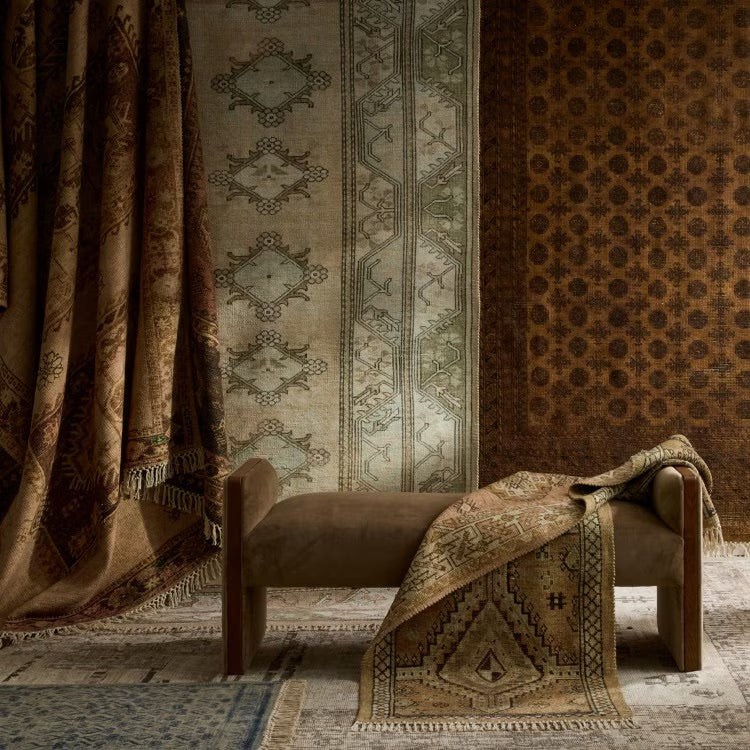
Where to Find Authentic Turkish and Persian Rugs Online
An authentic rug purchase internet can be scary. If it's not truly homemade, how can you tell? Which region does the seller say it's from? Or even if it's old or artificially old? For marketing reasons, many listings on big platforms use words like "Persian" or "Turkish," even if the rug isn't really hand-knotted or accurate for the area.
So, getting information from a reliable source is very important. Kermen Rugs works straight from Turkey, with no middlemen. Each of our Turkish antique rugs is picked out with care, cleaned, and officially confirmed as real. Due to our belief in openness, we provide clear records of where each rug came from, how old it is, and what materials it is made of. Whether you're a seasoned collector or a first-time buyer, you can shop with confidence knowing that you'll get the real thing.
Also looking for Persian rugs? On occasion, we sell some vintage Persian rugs that meet our exacting standards for quality and provenance. Despite this, we still specialize in Turkish rugs, which is what we love doing.
Whether you're designing a new room or adding a piece with a lot of history to your collection, start by looking through our carefully chosen collections:
Purchase Vintage Turkish rugs
Check out Vintage Persian rugs
For Kirmen Rugs, we think everyone should have a hand-made rug with a story. Realness doesn't have to cost a lot when you buy directly from the source and get free shipping anywhere in the world.
Blog posts
What Type of Rug is Best for Your Entryway
Step into a welcoming space with the perfect entryway rug. More than just decoration, it minimizes dirt and endures daily traffic while showcasing your style. Our guide simplifies your choice—from selecting the right dimensions to choosing durable, comfortable materials. A well-chosen rug turns your entry into a striking focal point, making every step an invitation to feel at home.
Ultimate Guide to Turkish Rugs
Turkish rugs are not just decor; they are cultural heritage. Every knot and pattern tells a story. Handwoven rugs, with their quality and traditional weaving techniques, gain value over time, making them not only an aesthetic addition to your home but also a smart investment. Purchasing an authentic Turkish rug means adding beauty to your space and investing in a piece that will appreciate in value.
How to Tell If a Rug Is Handmade
Handmade rugs are more than just décor—they are woven works of art. But with so many machine-made imitations, how can you tell if a rug is truly handmade? The secret lies in the knots, fringes, and natural dye variations. Hand-knotted rugs feature intricate craftsmanship, while flatweave rugs showcase timeless patterns. This guide will help you spot the key differences so you can invest in an authentic, high-quality piece.





